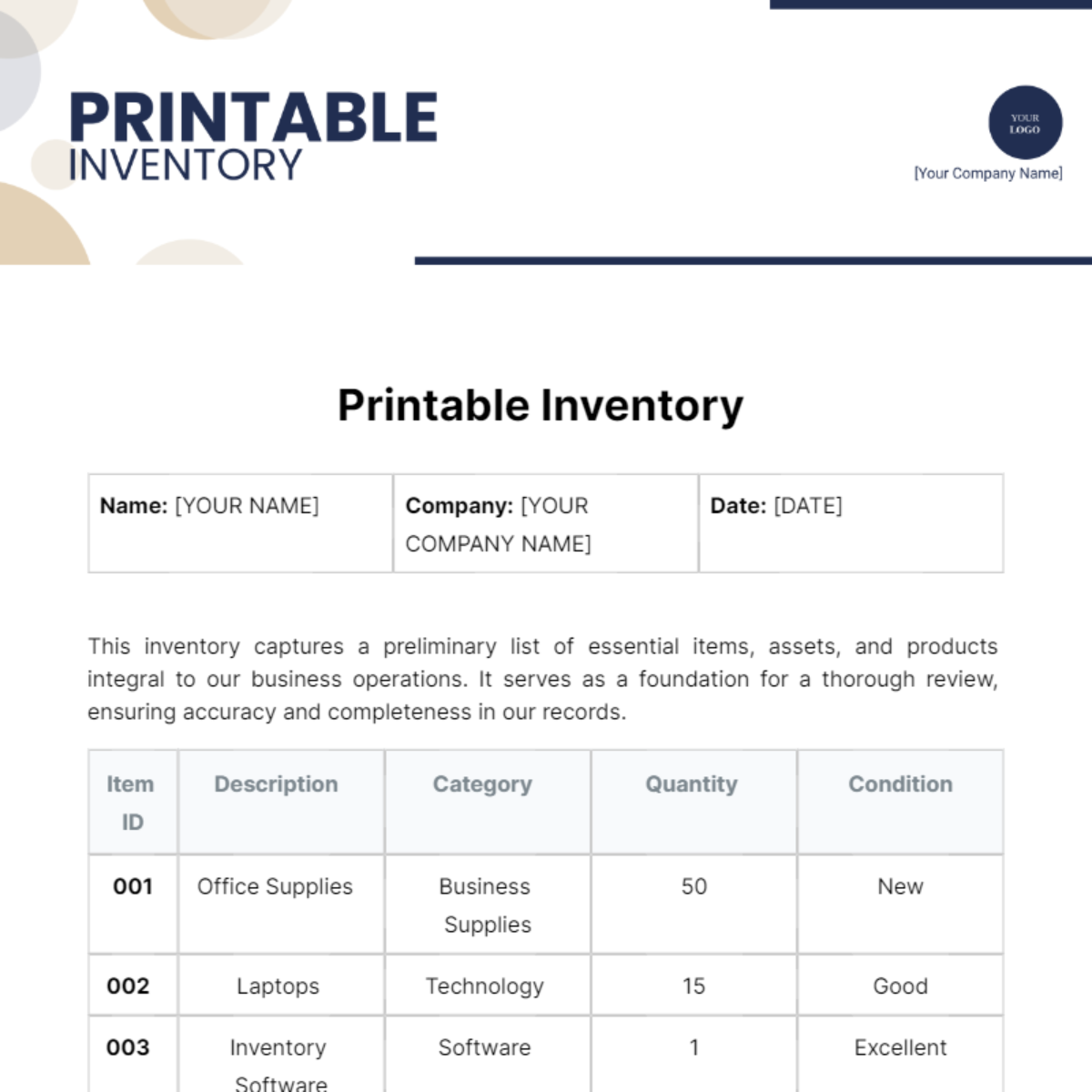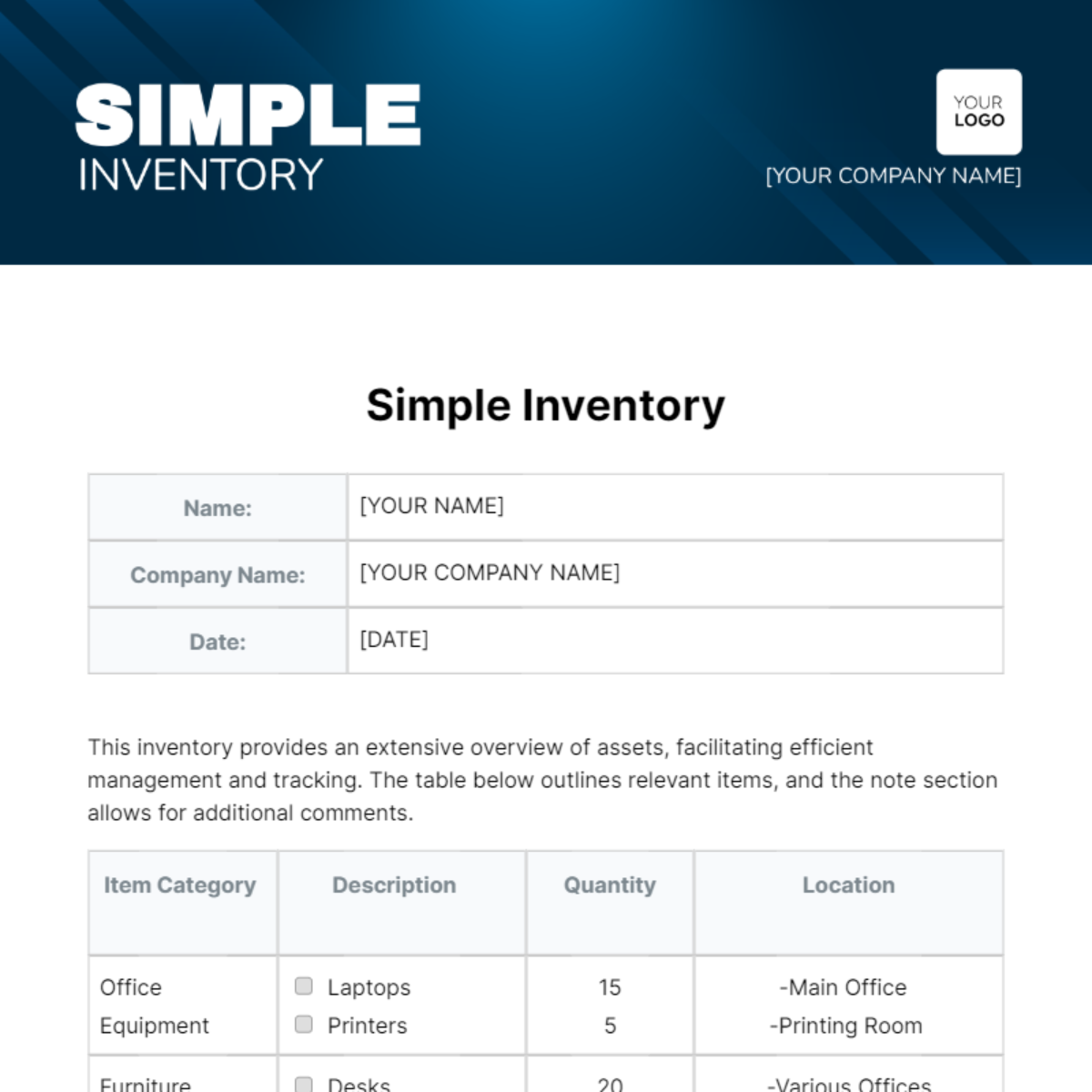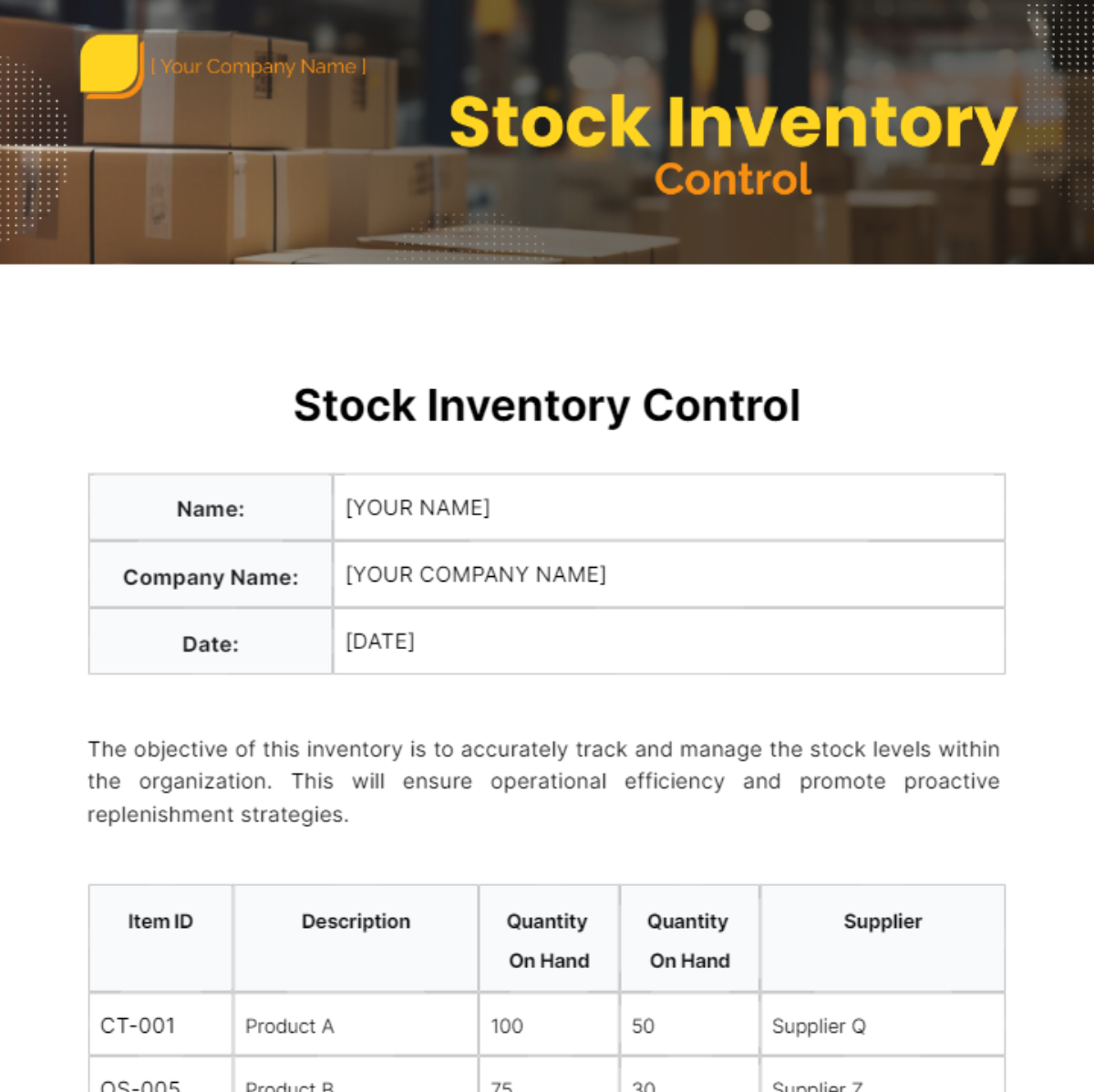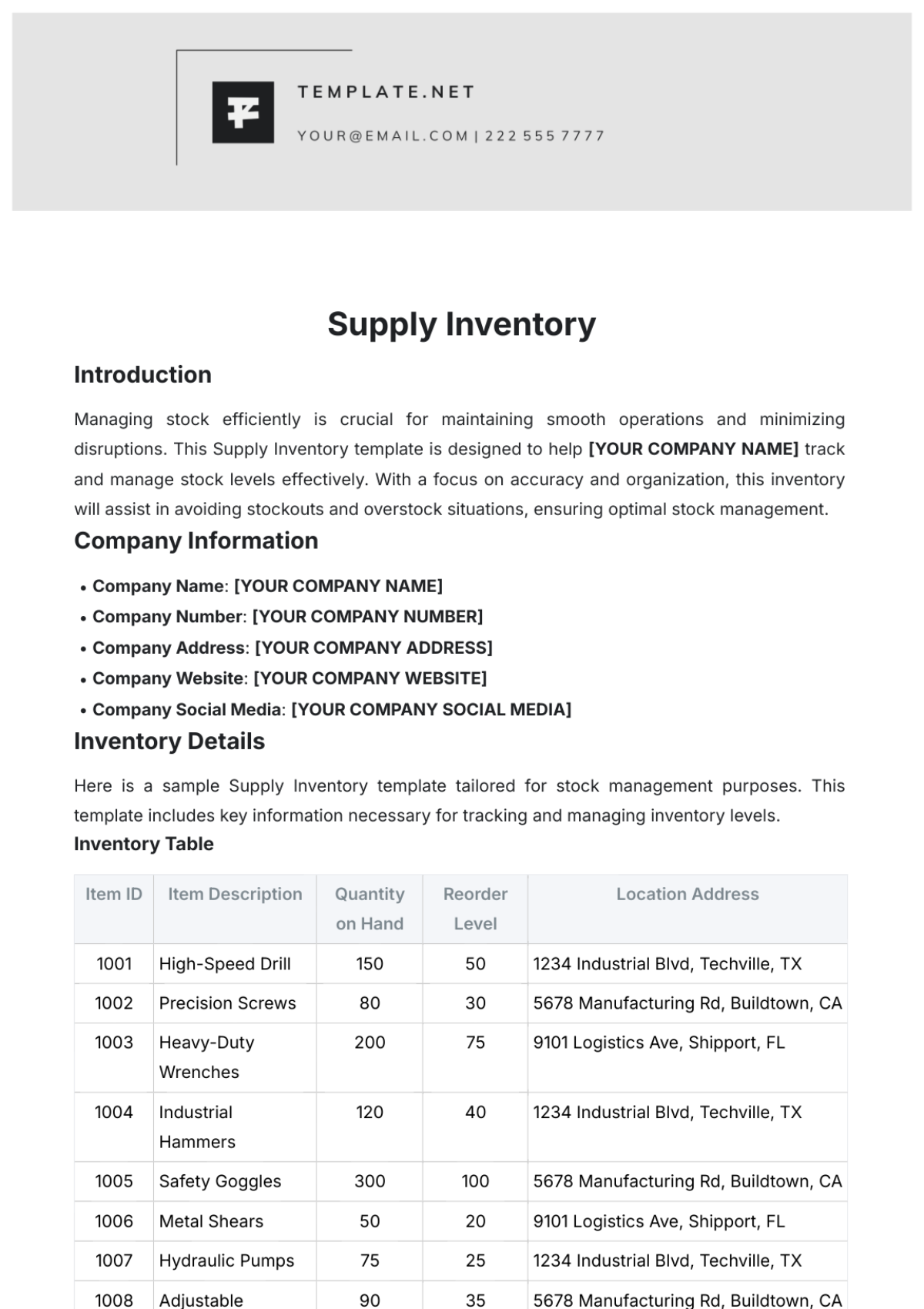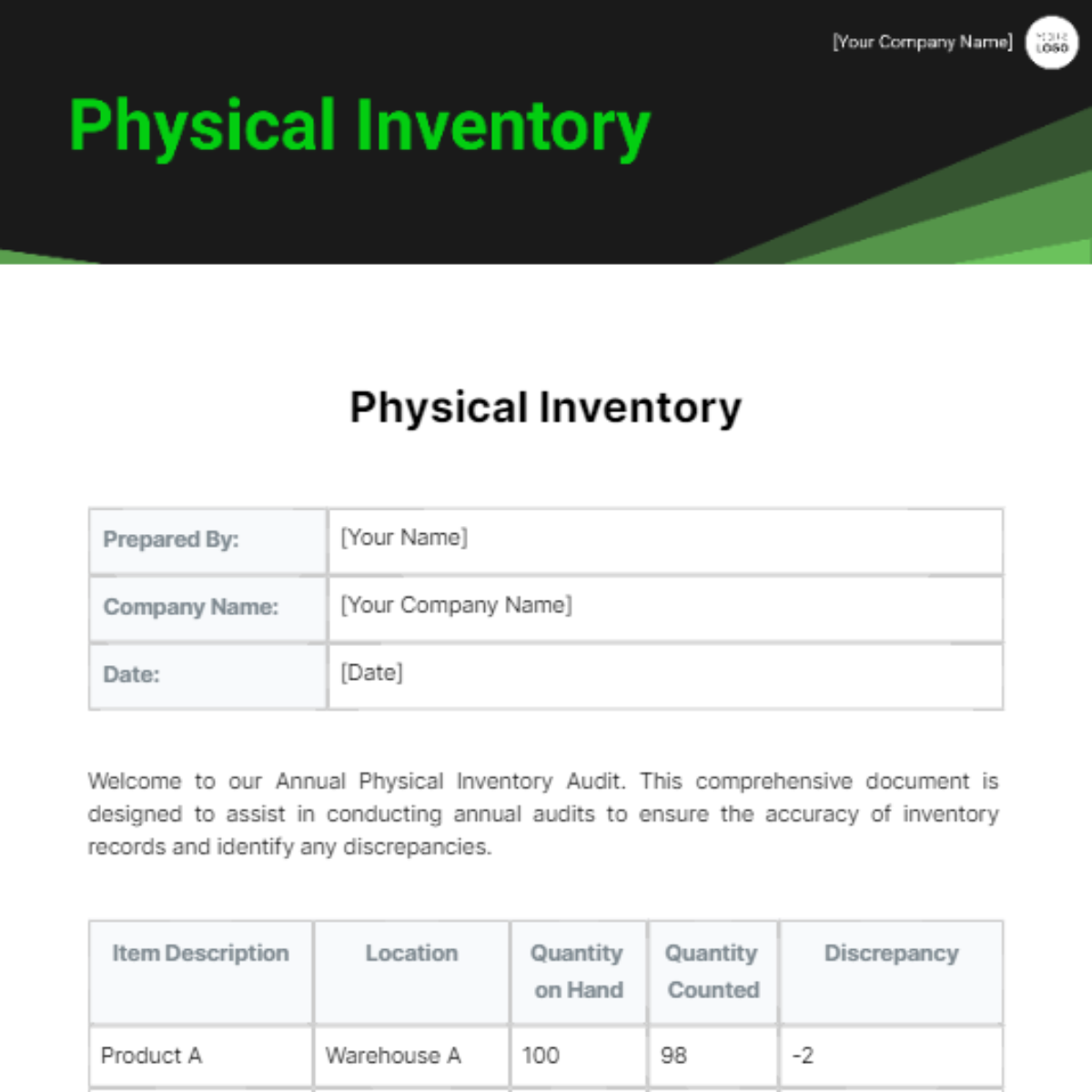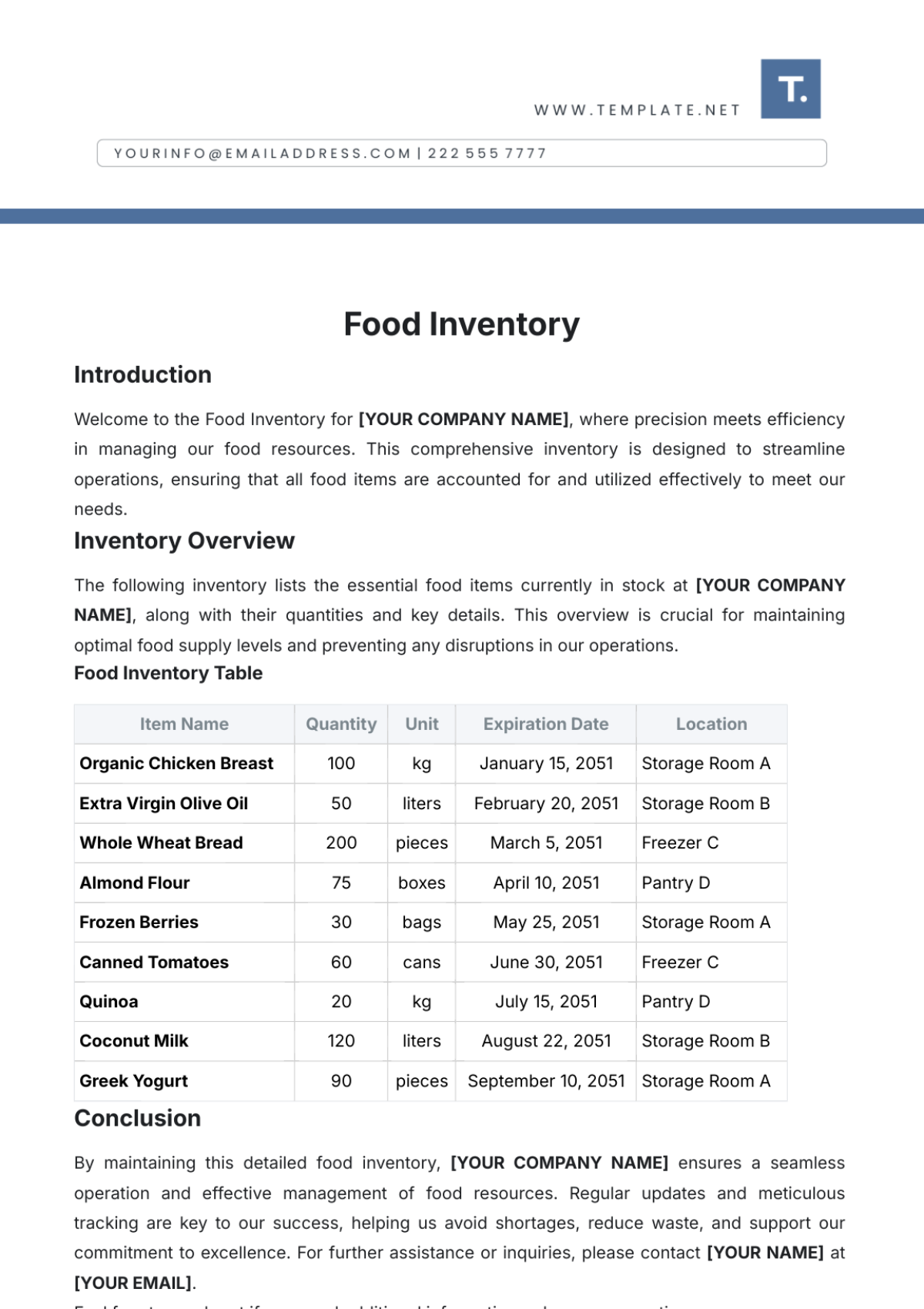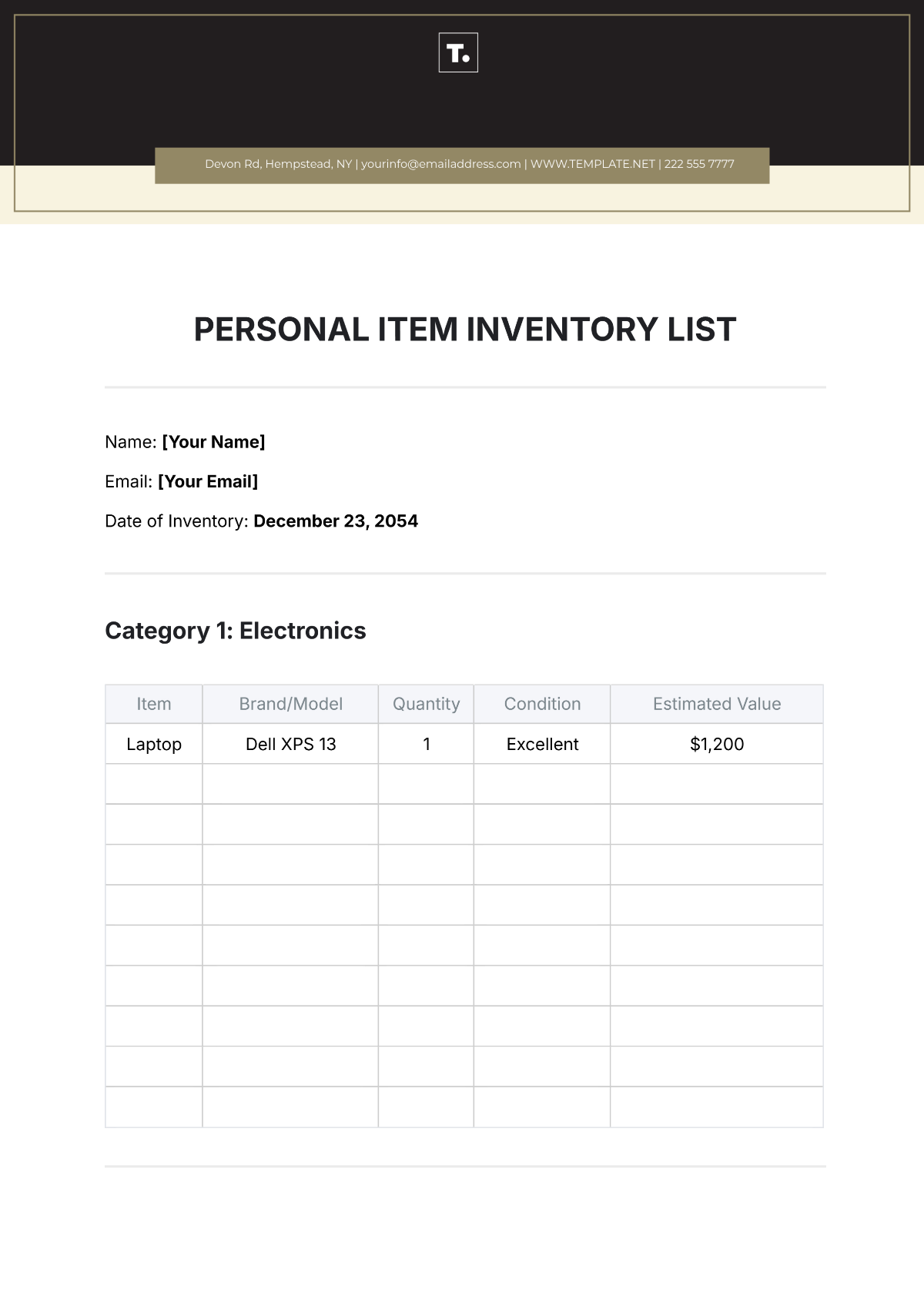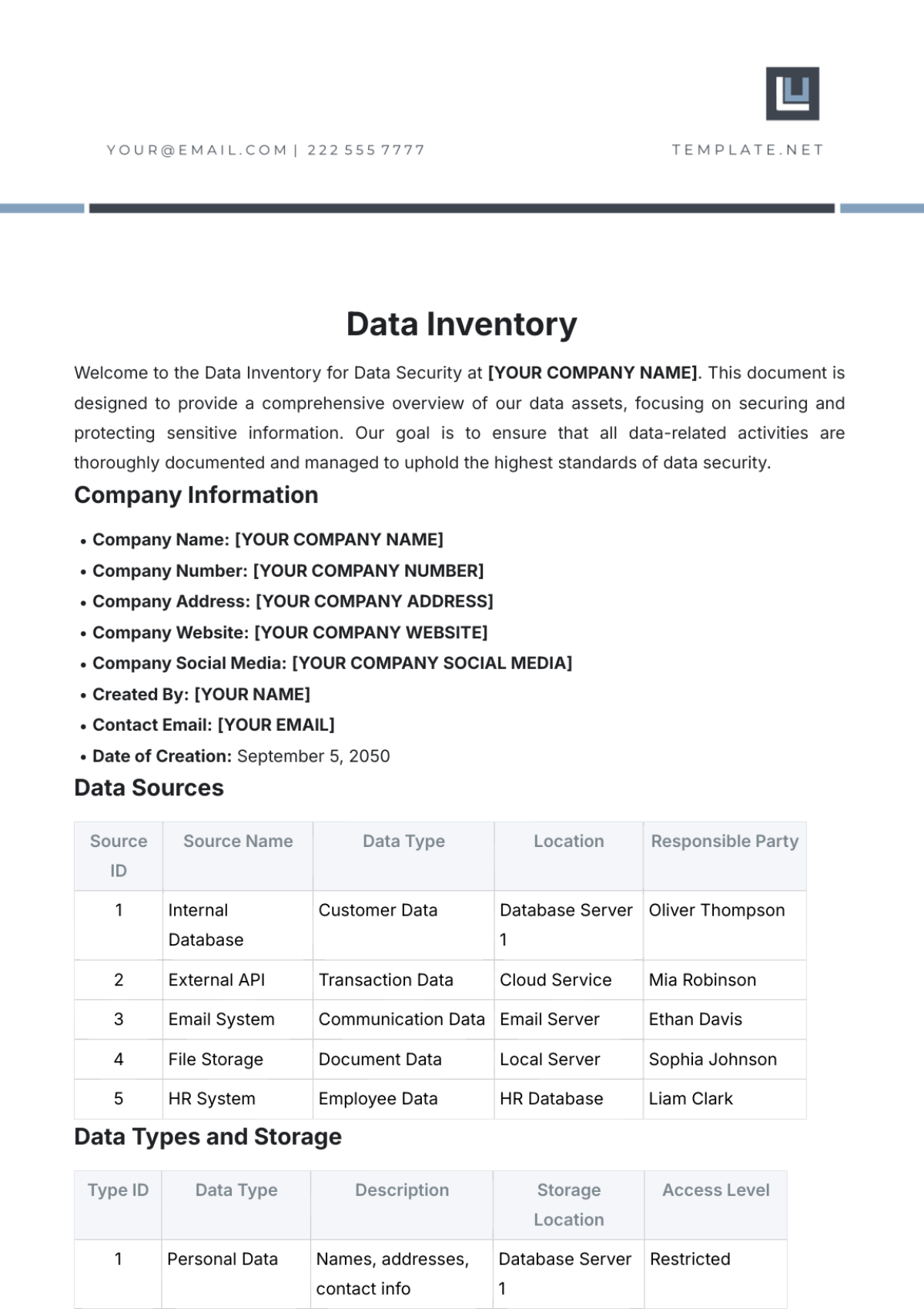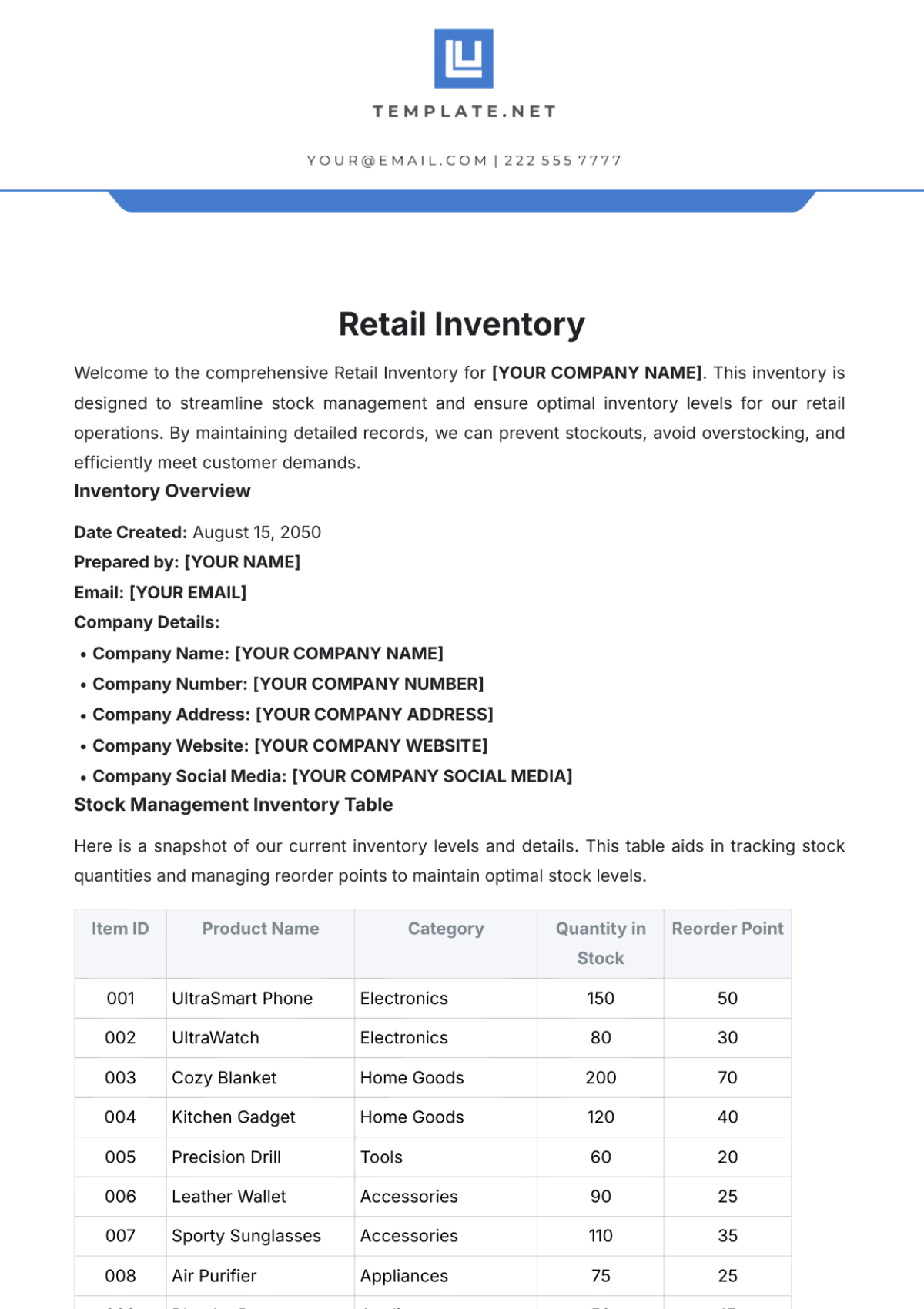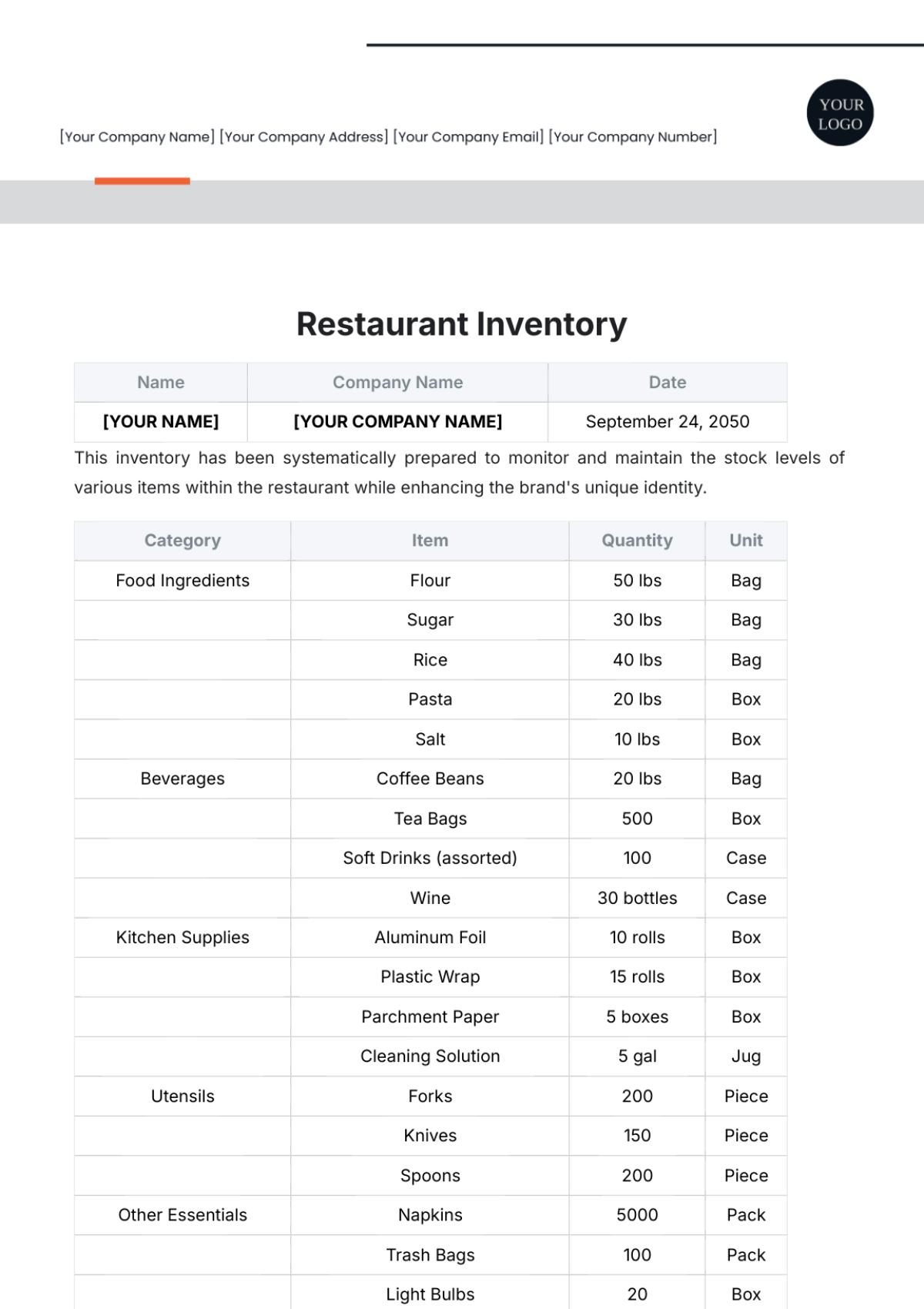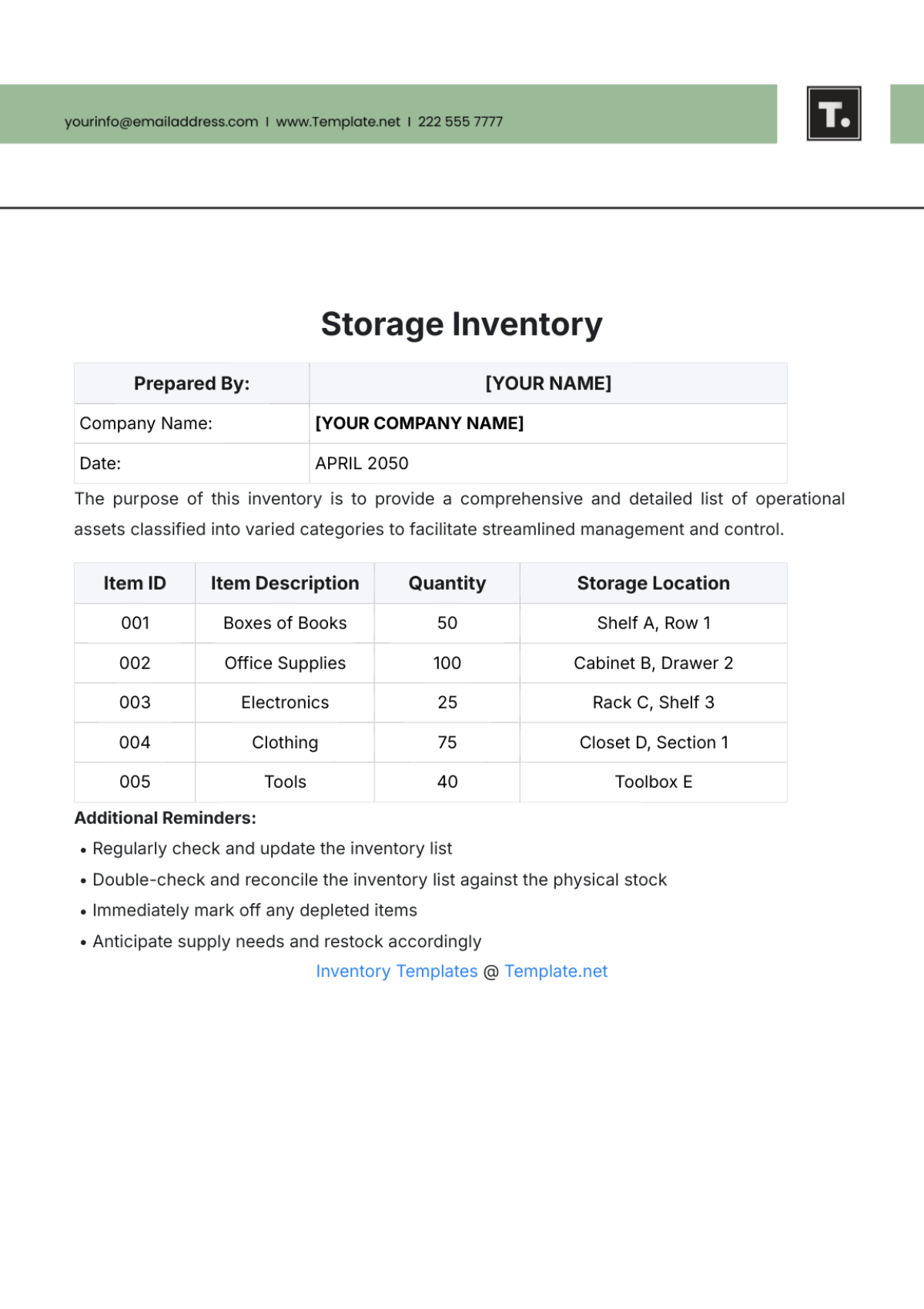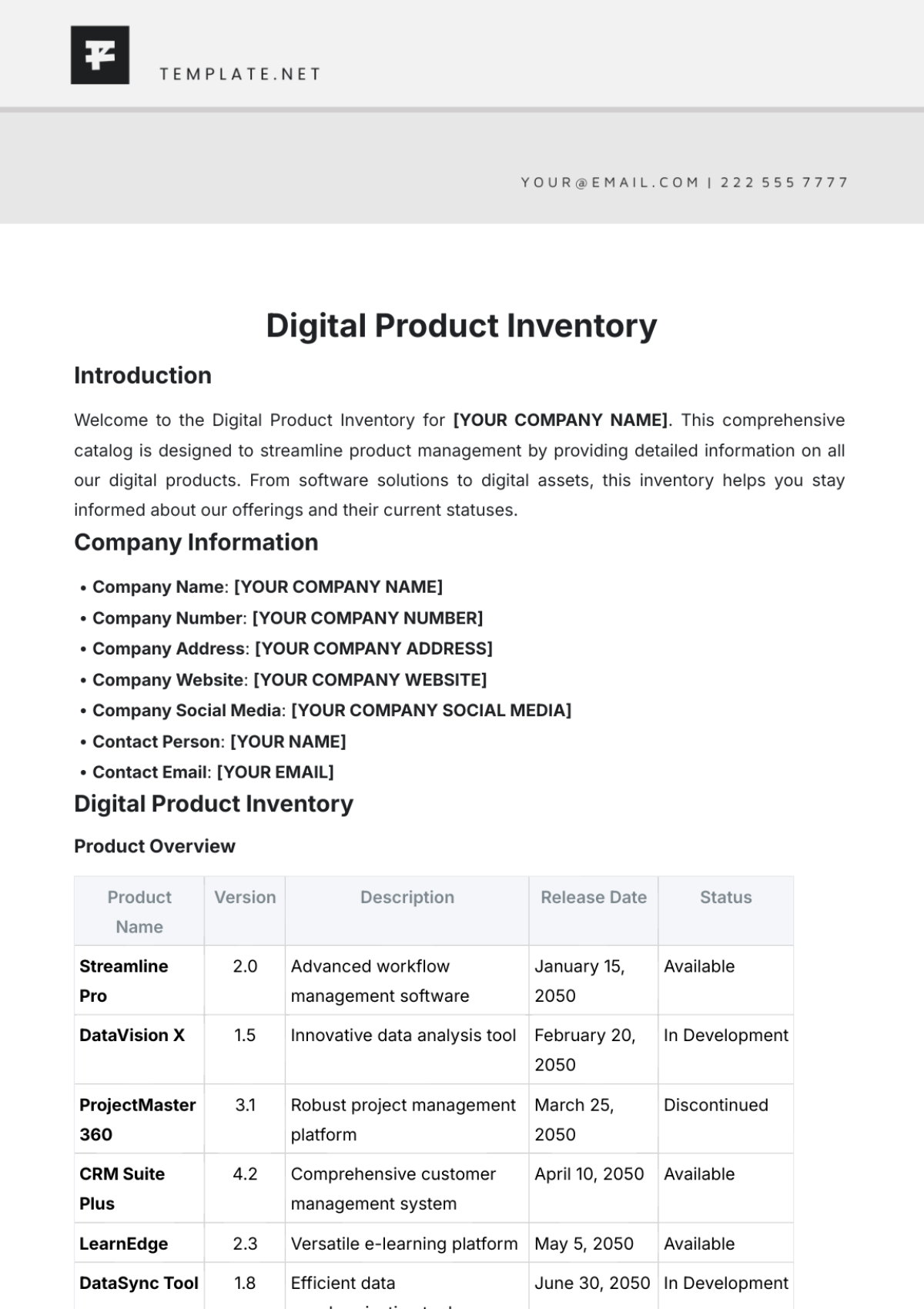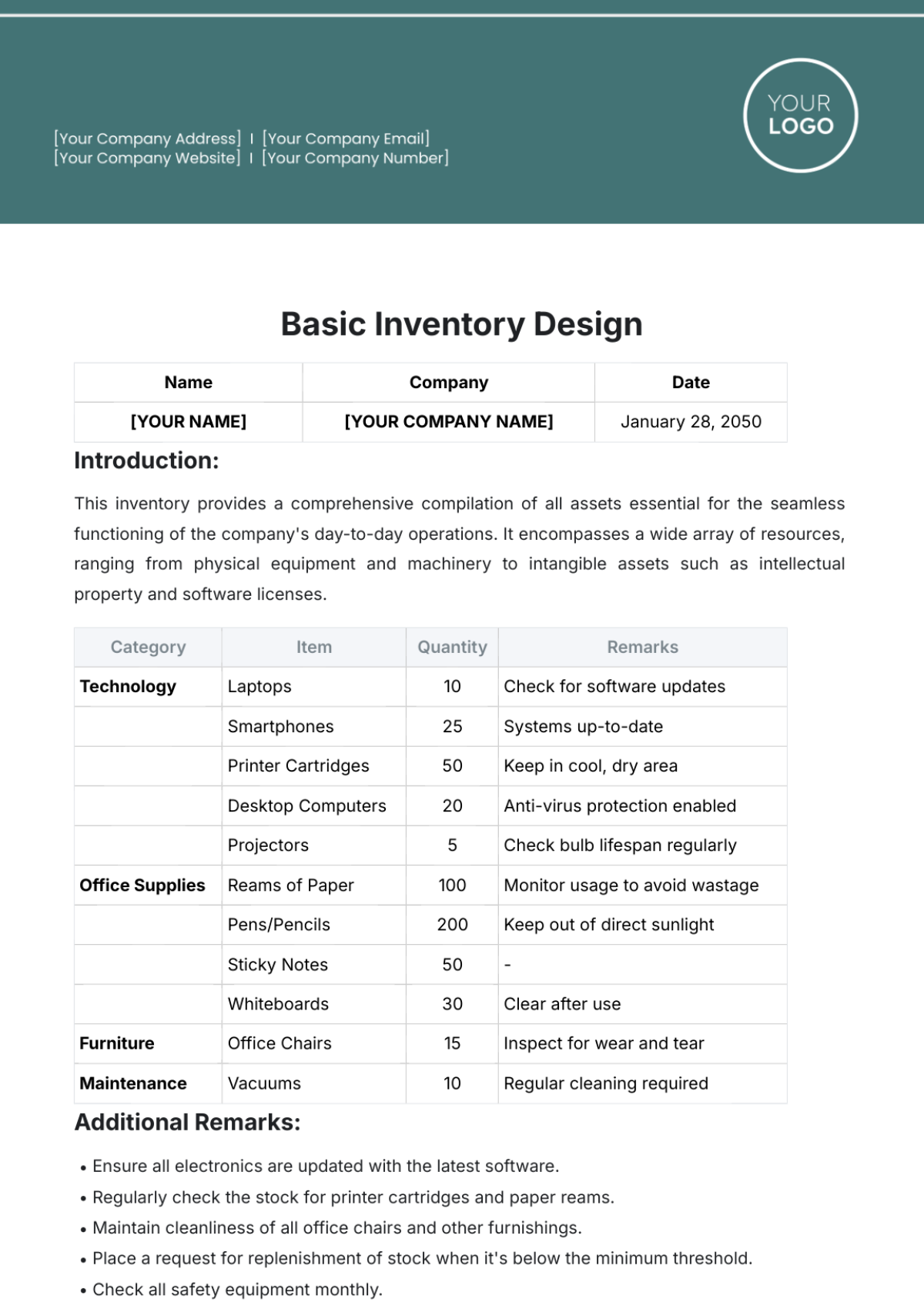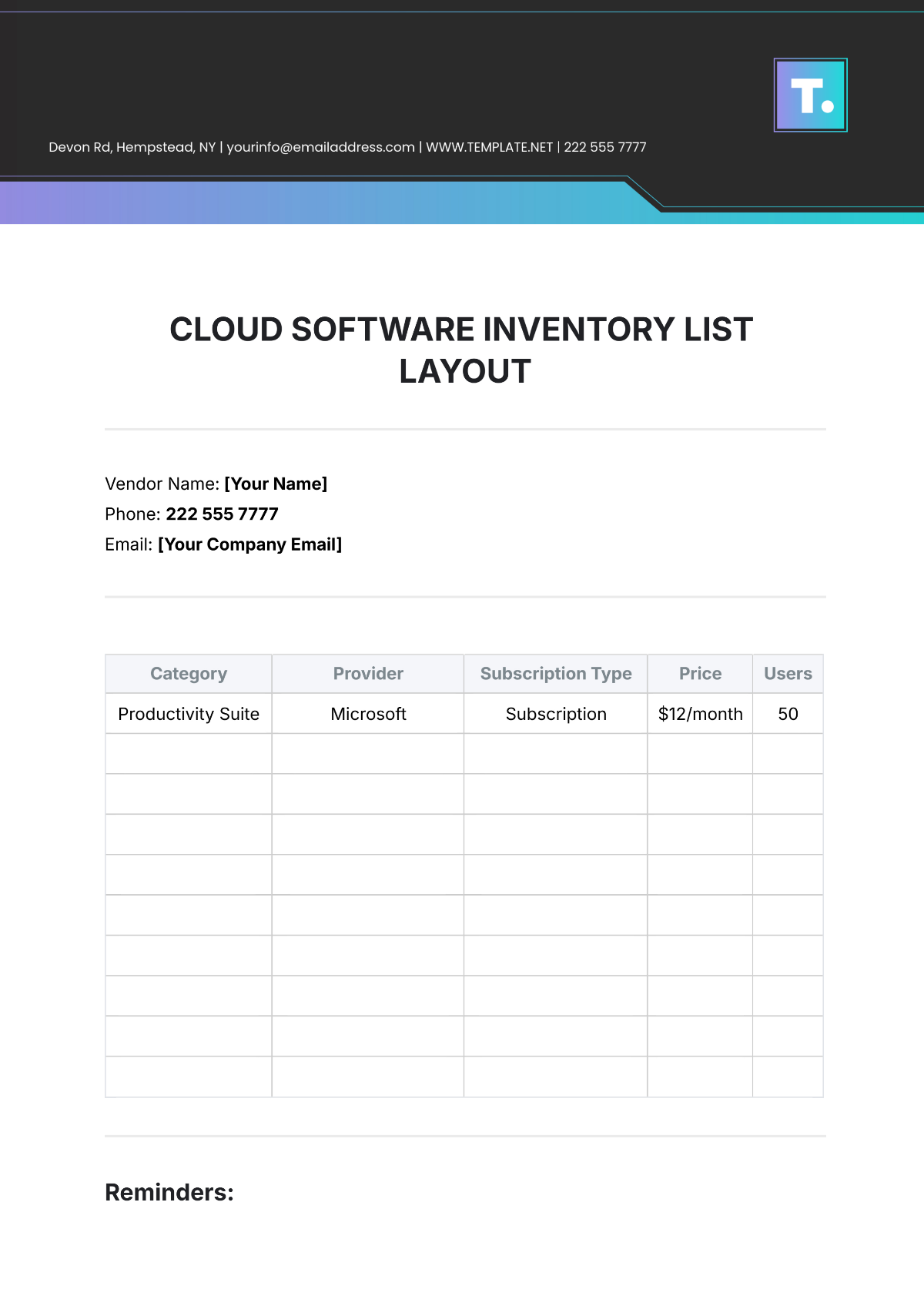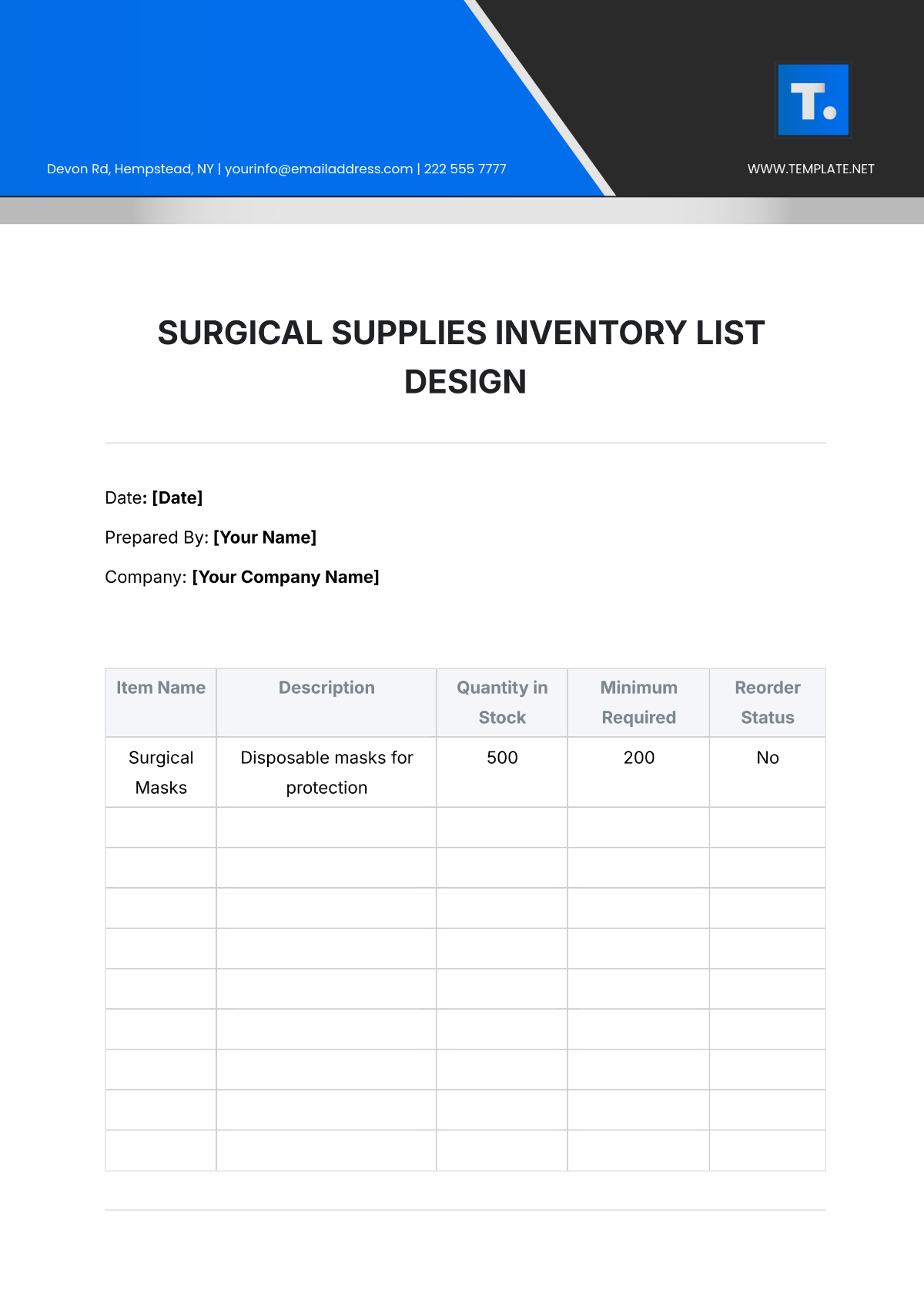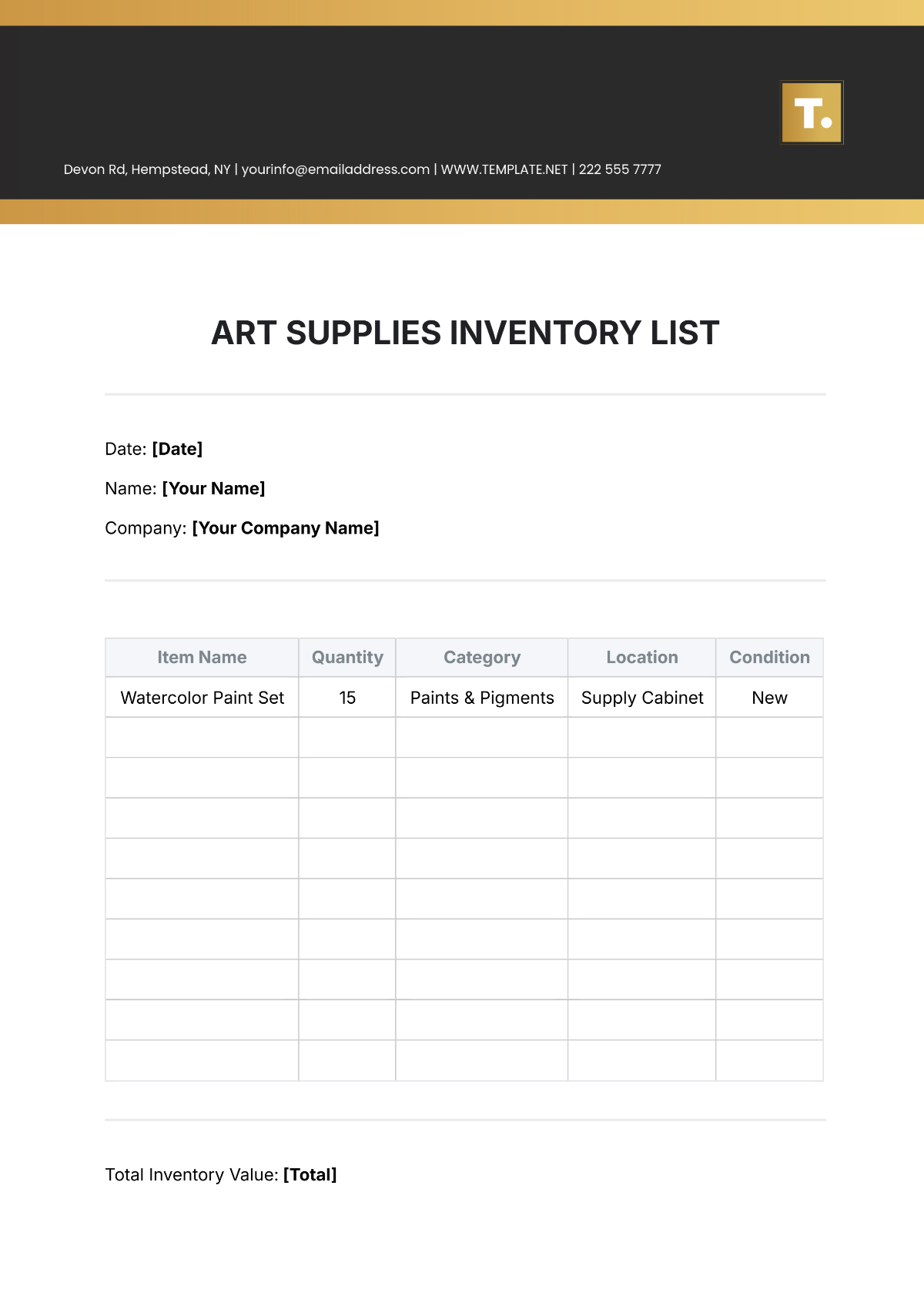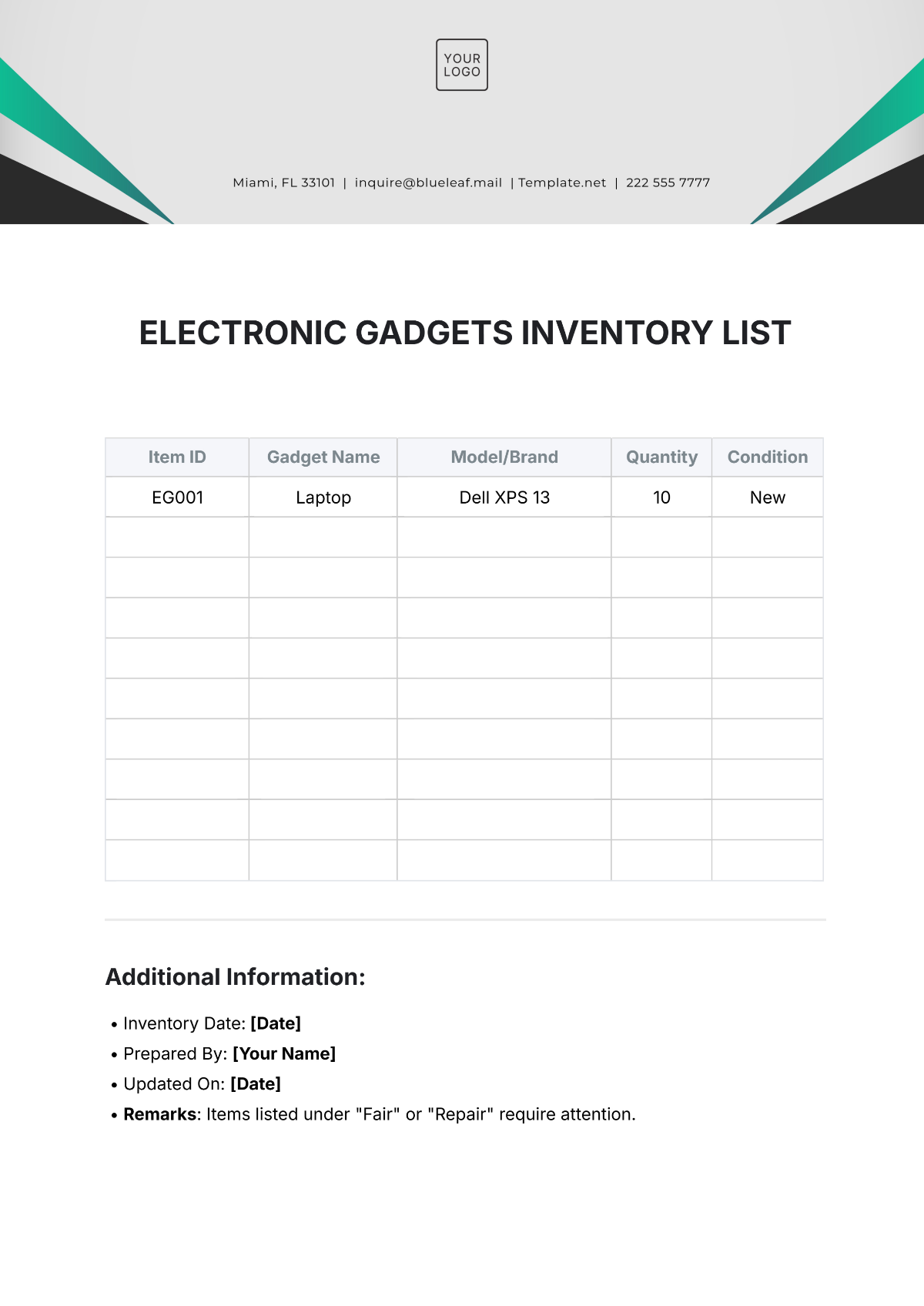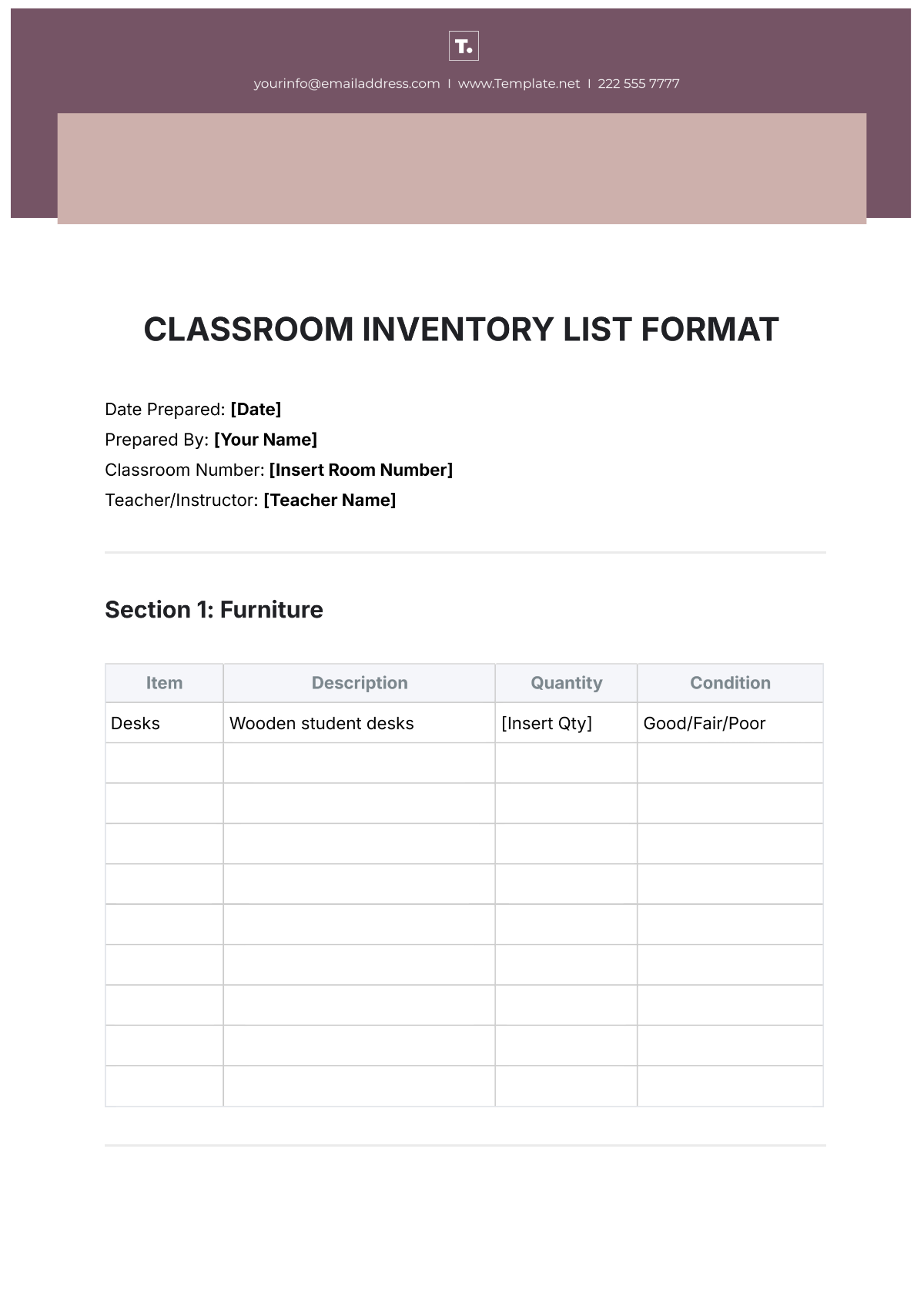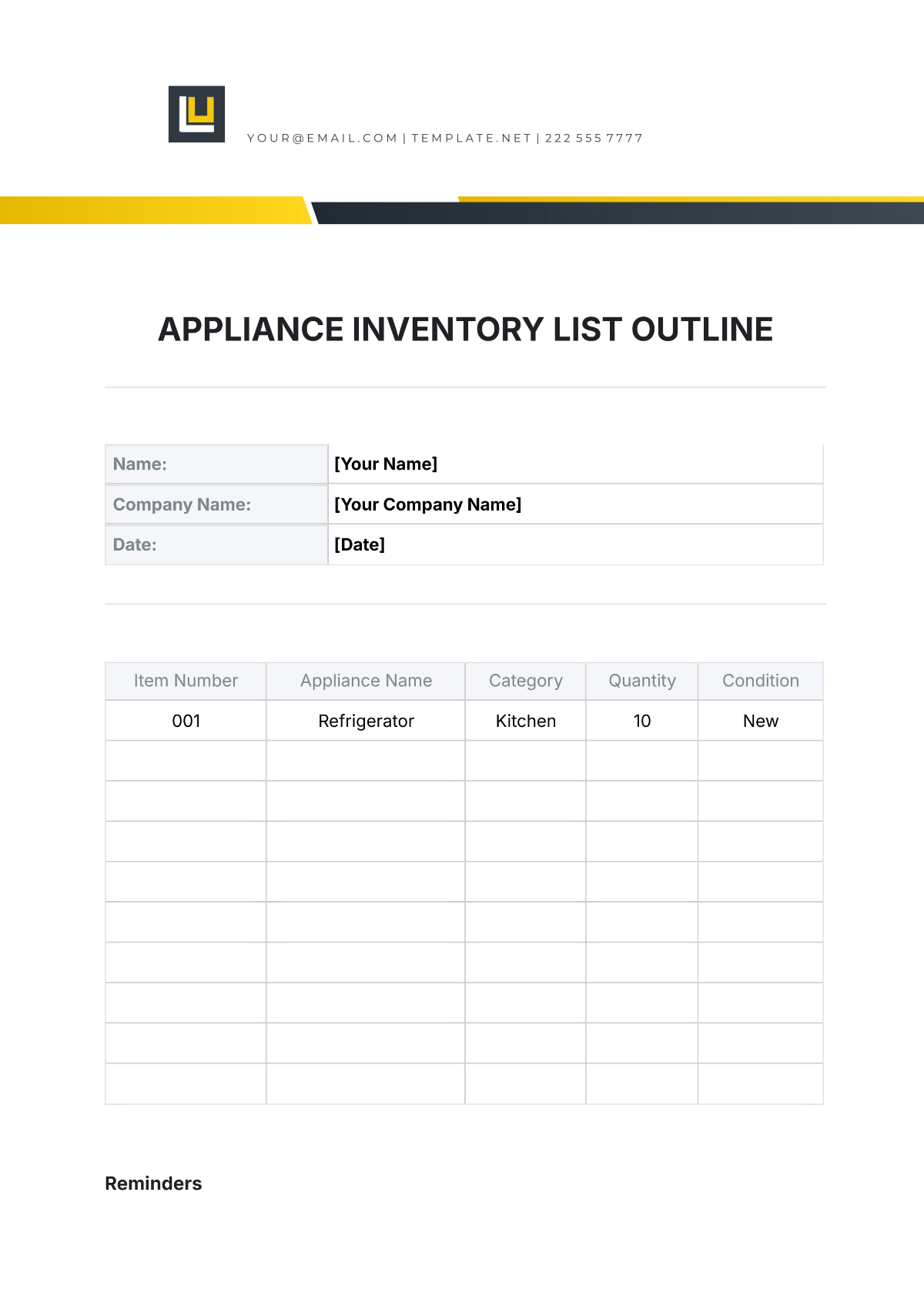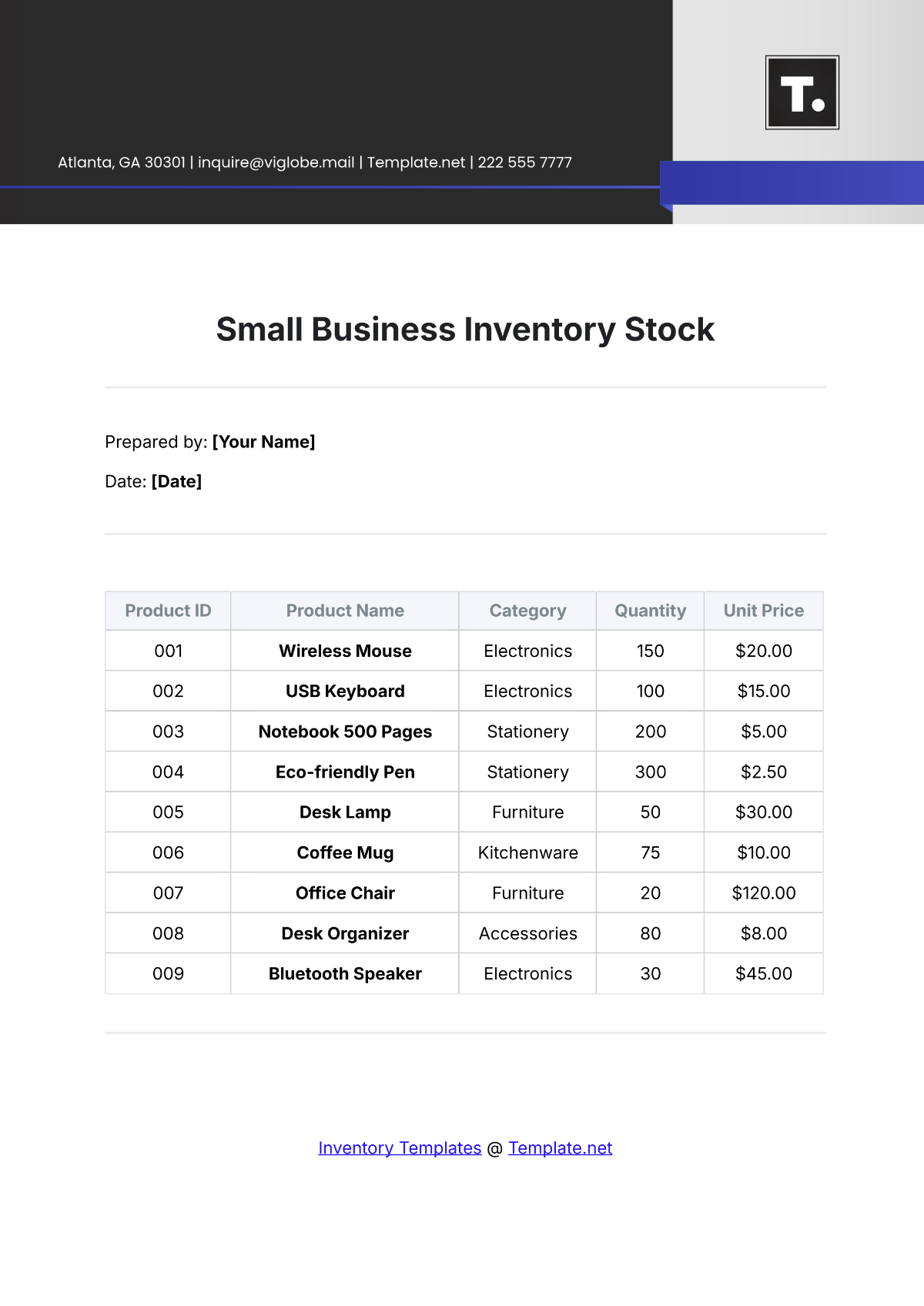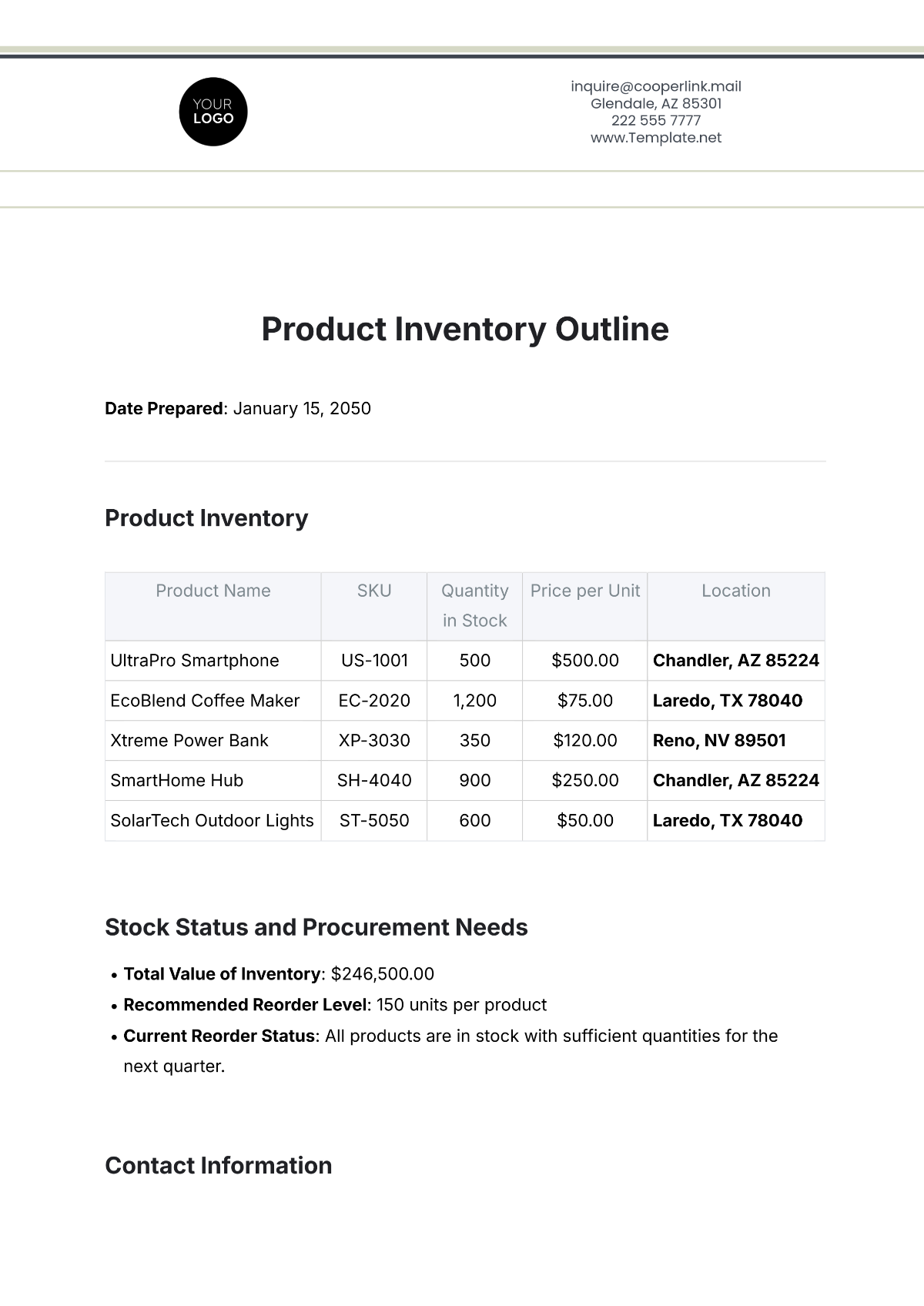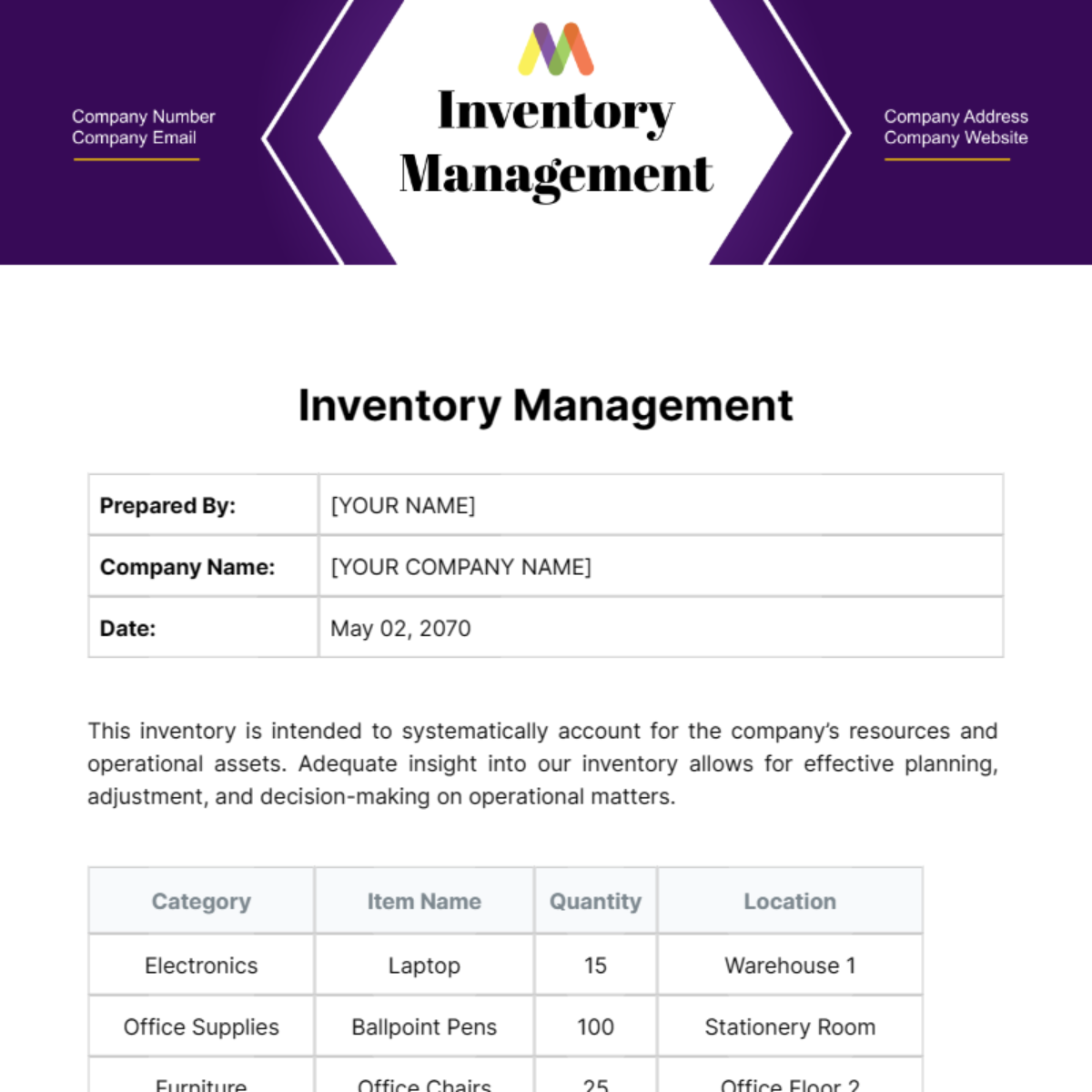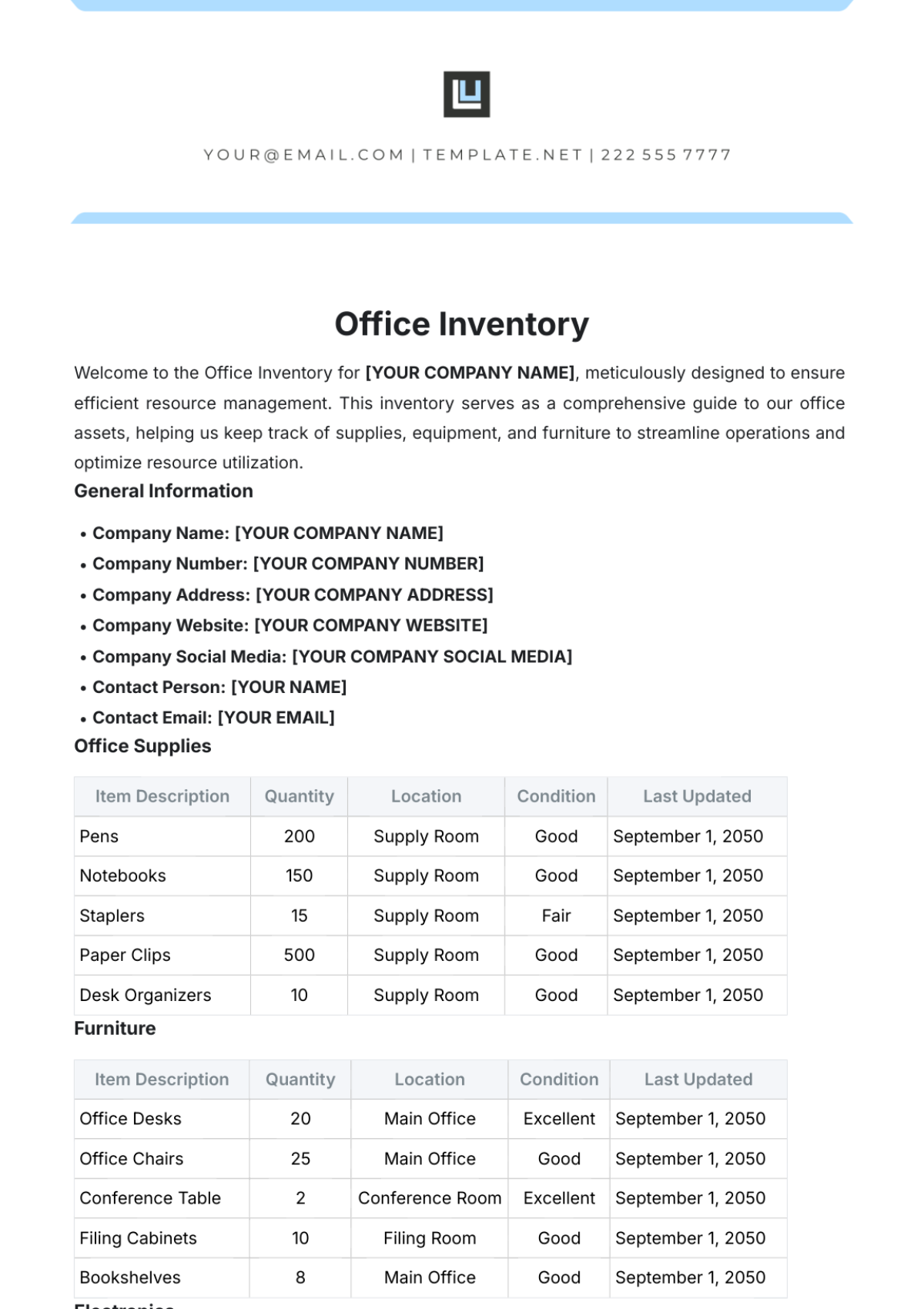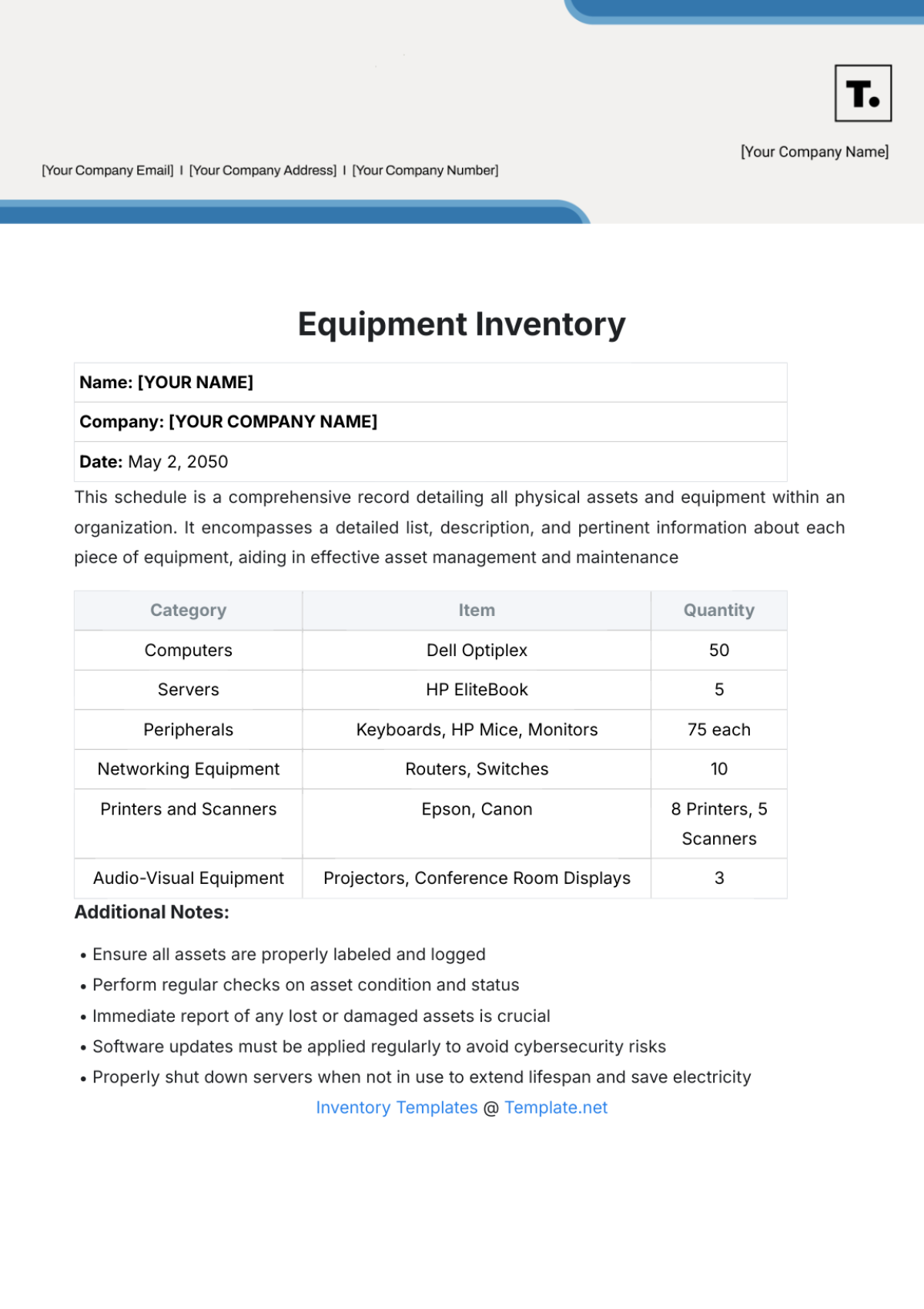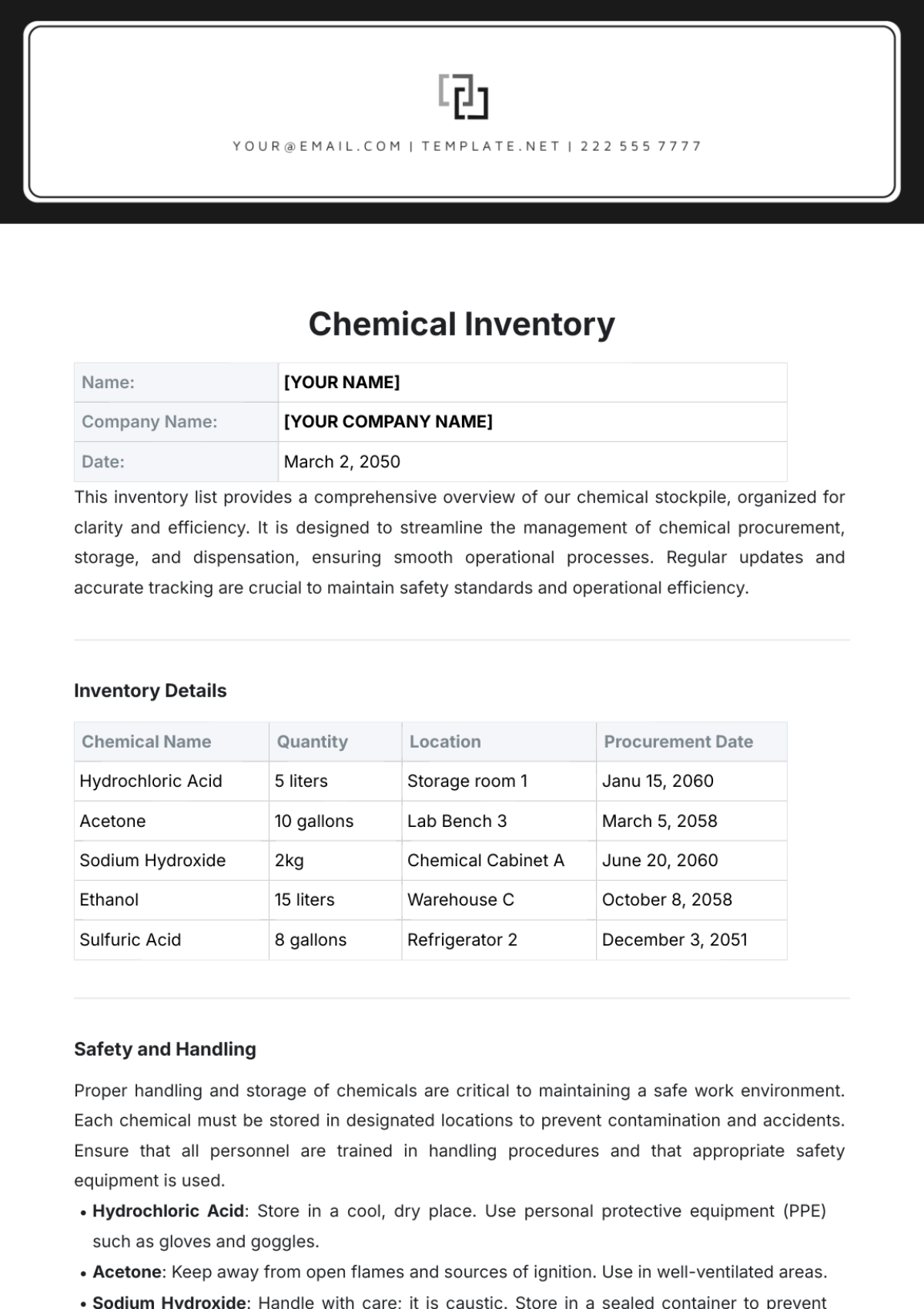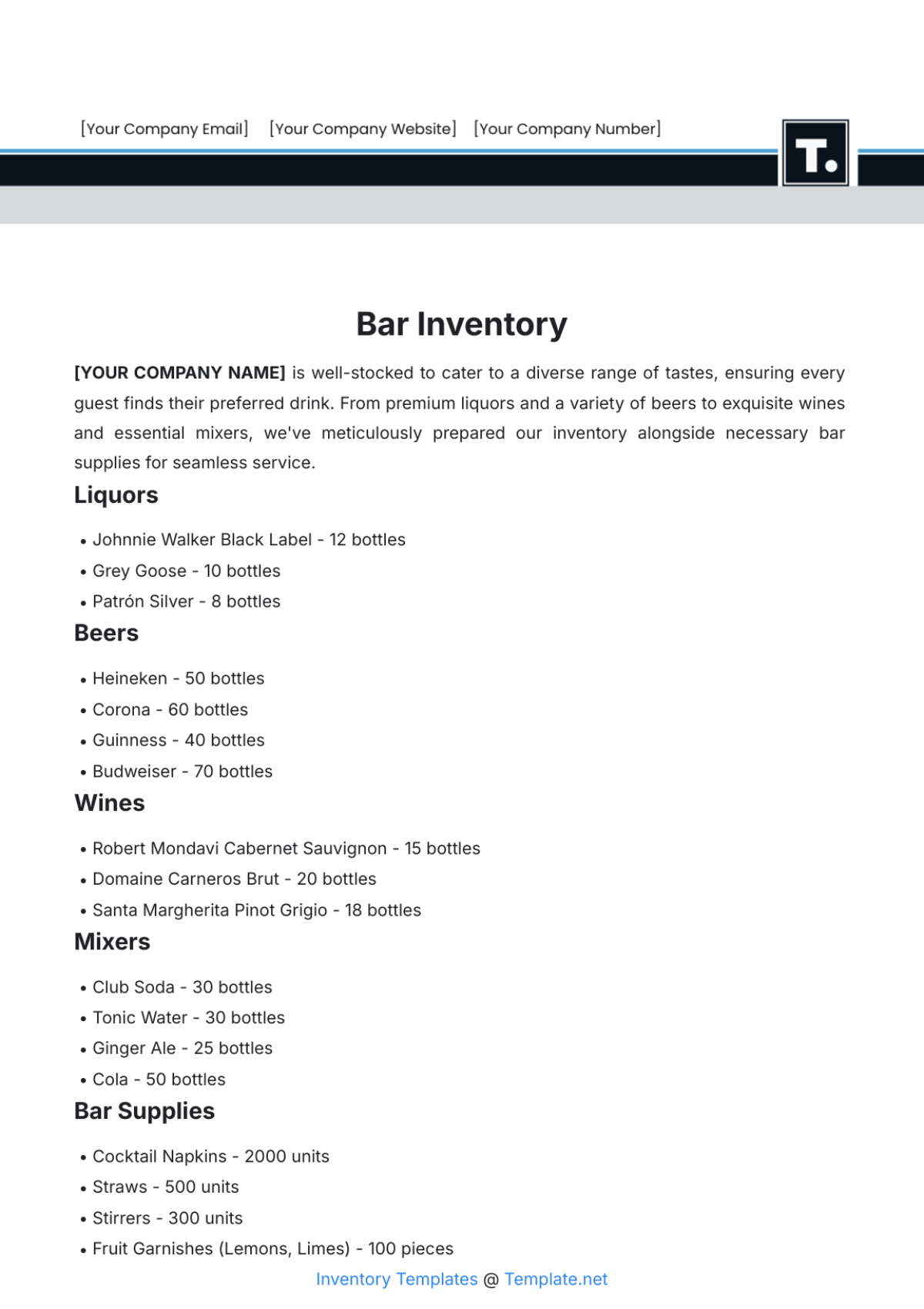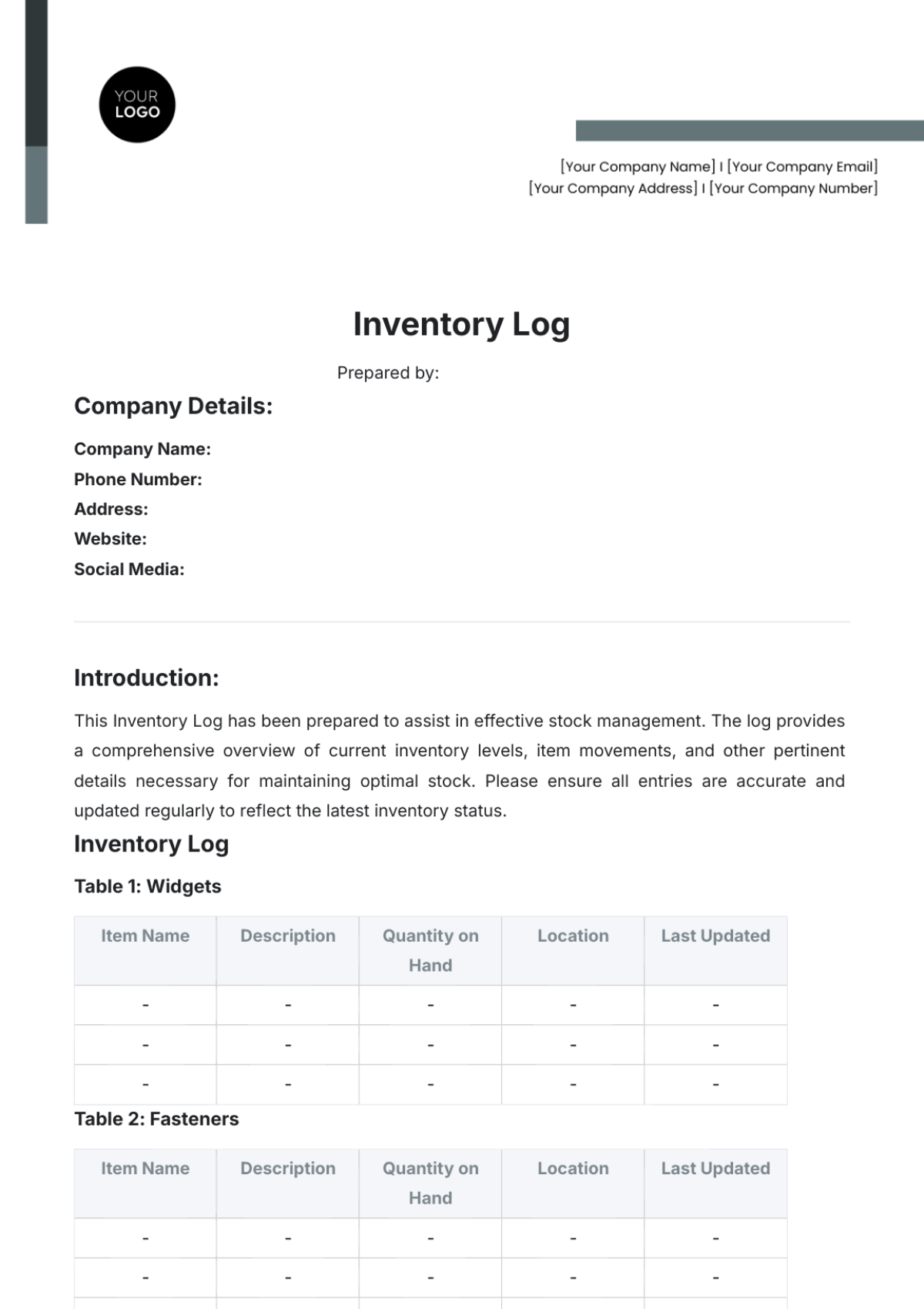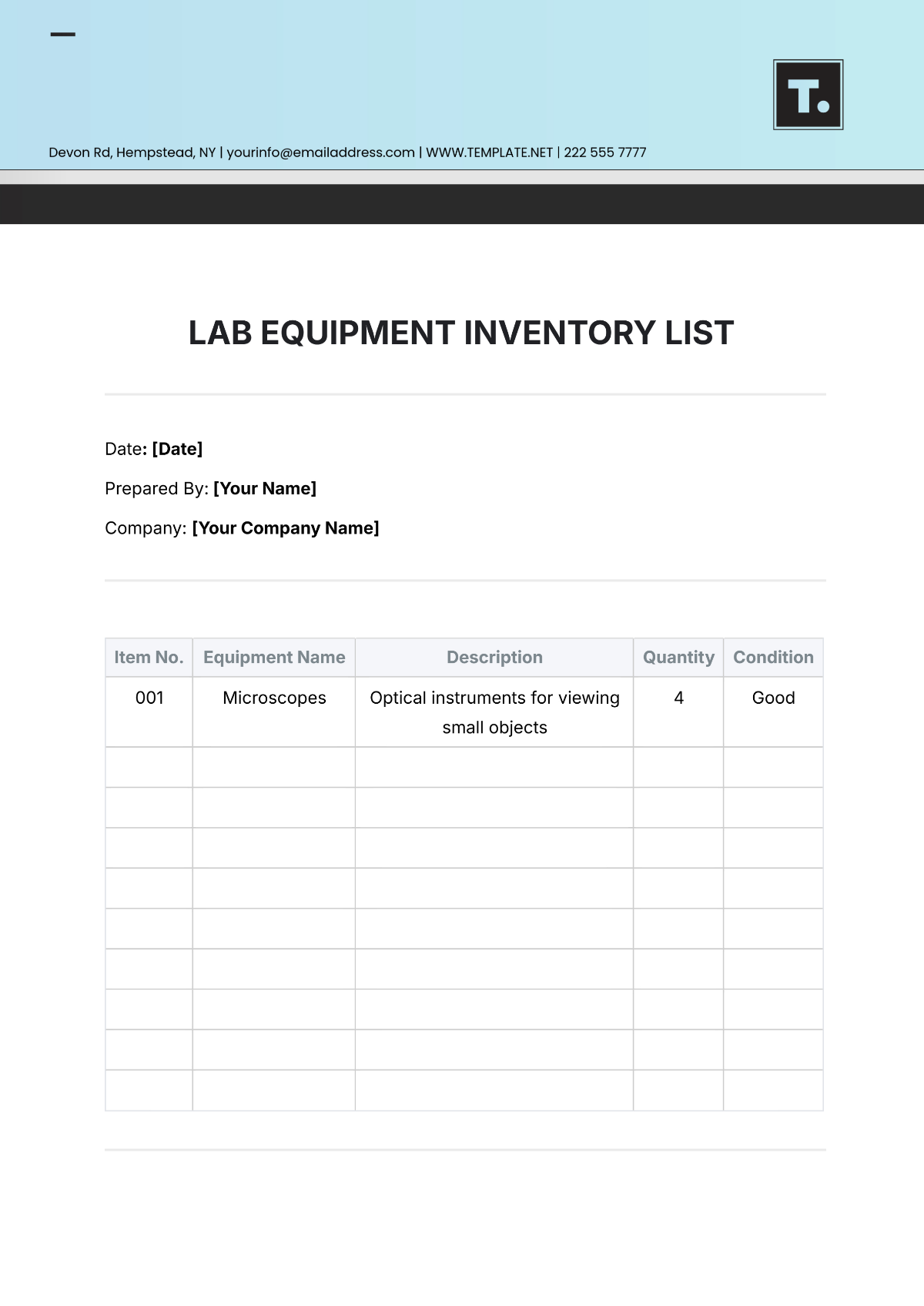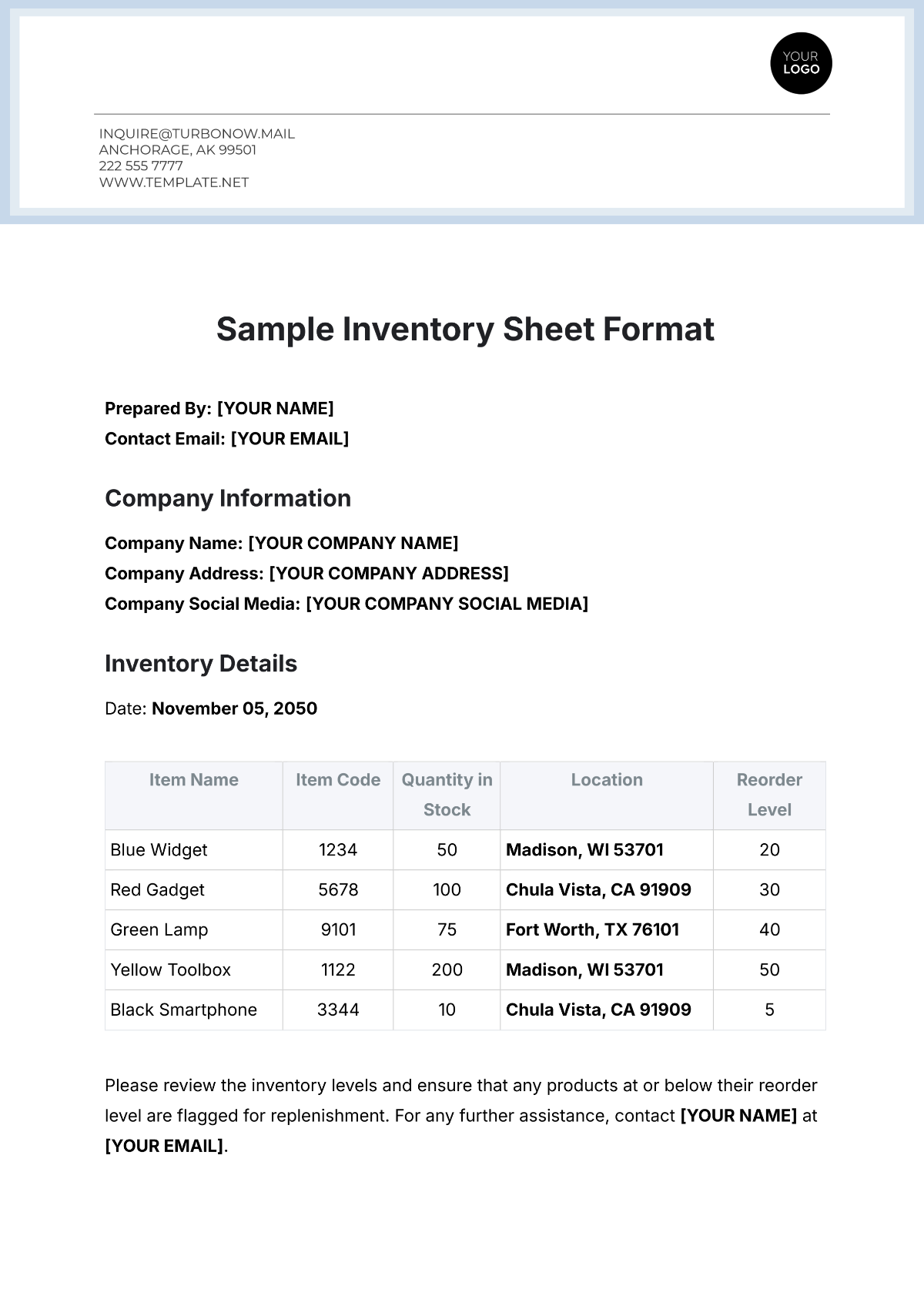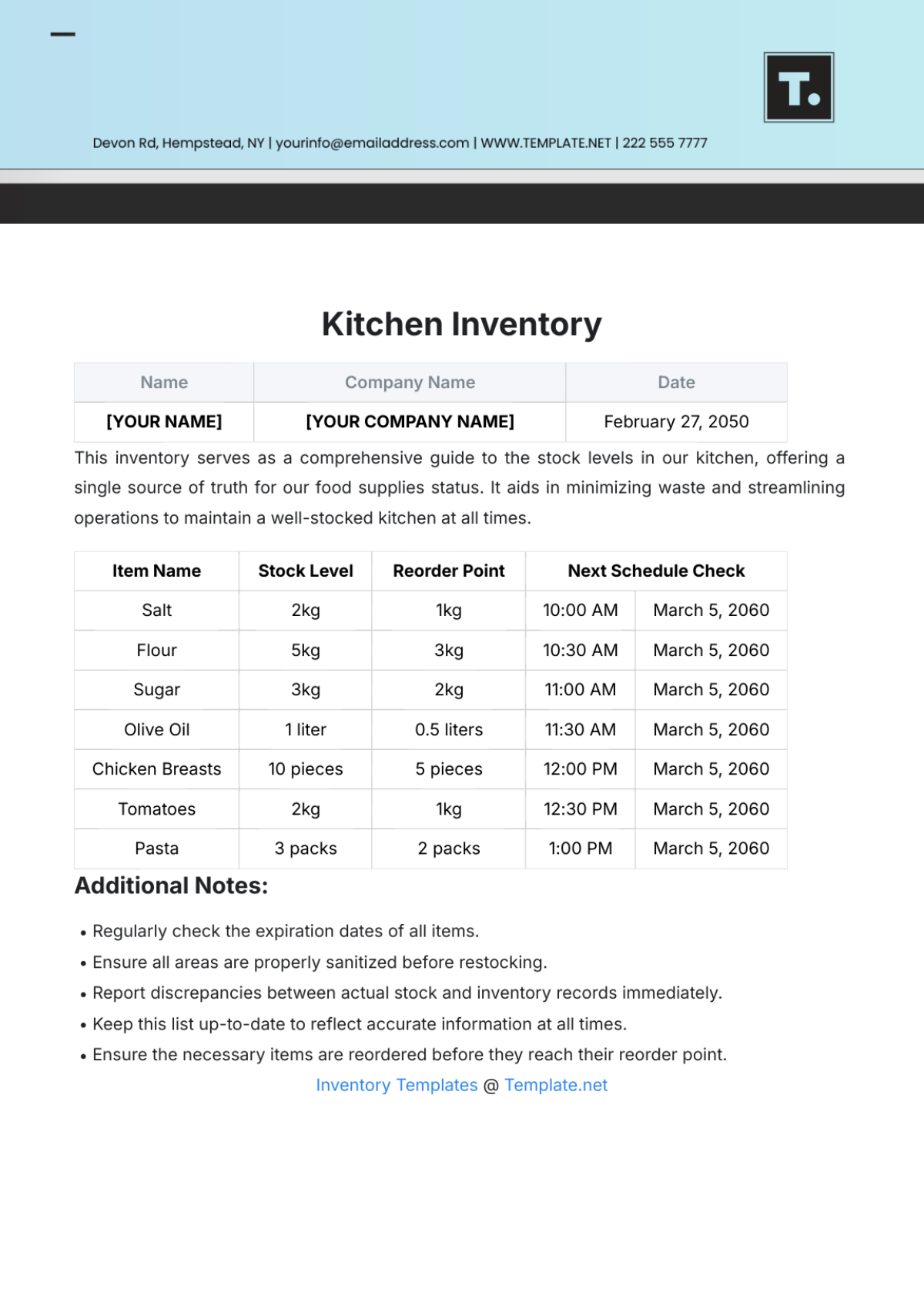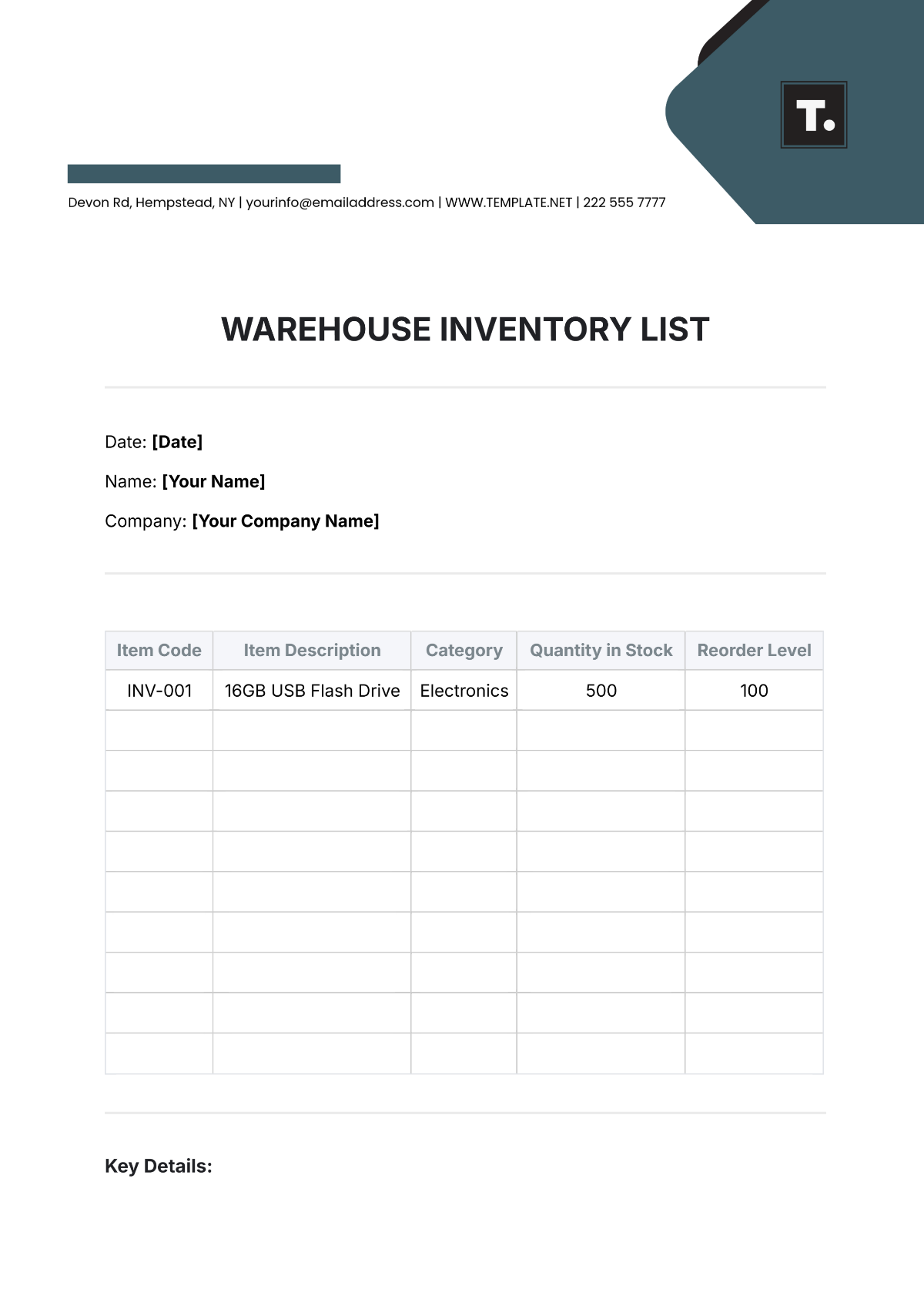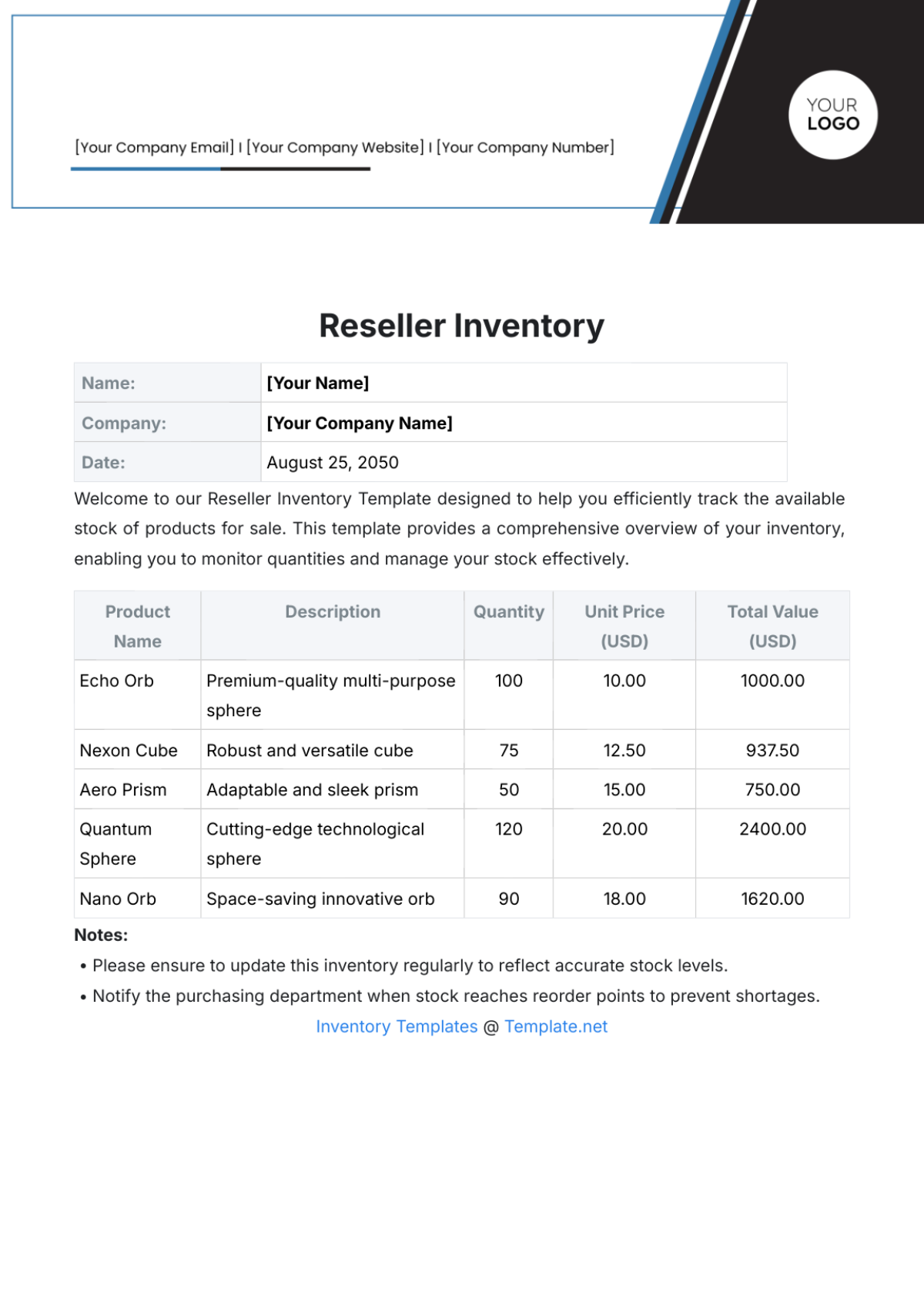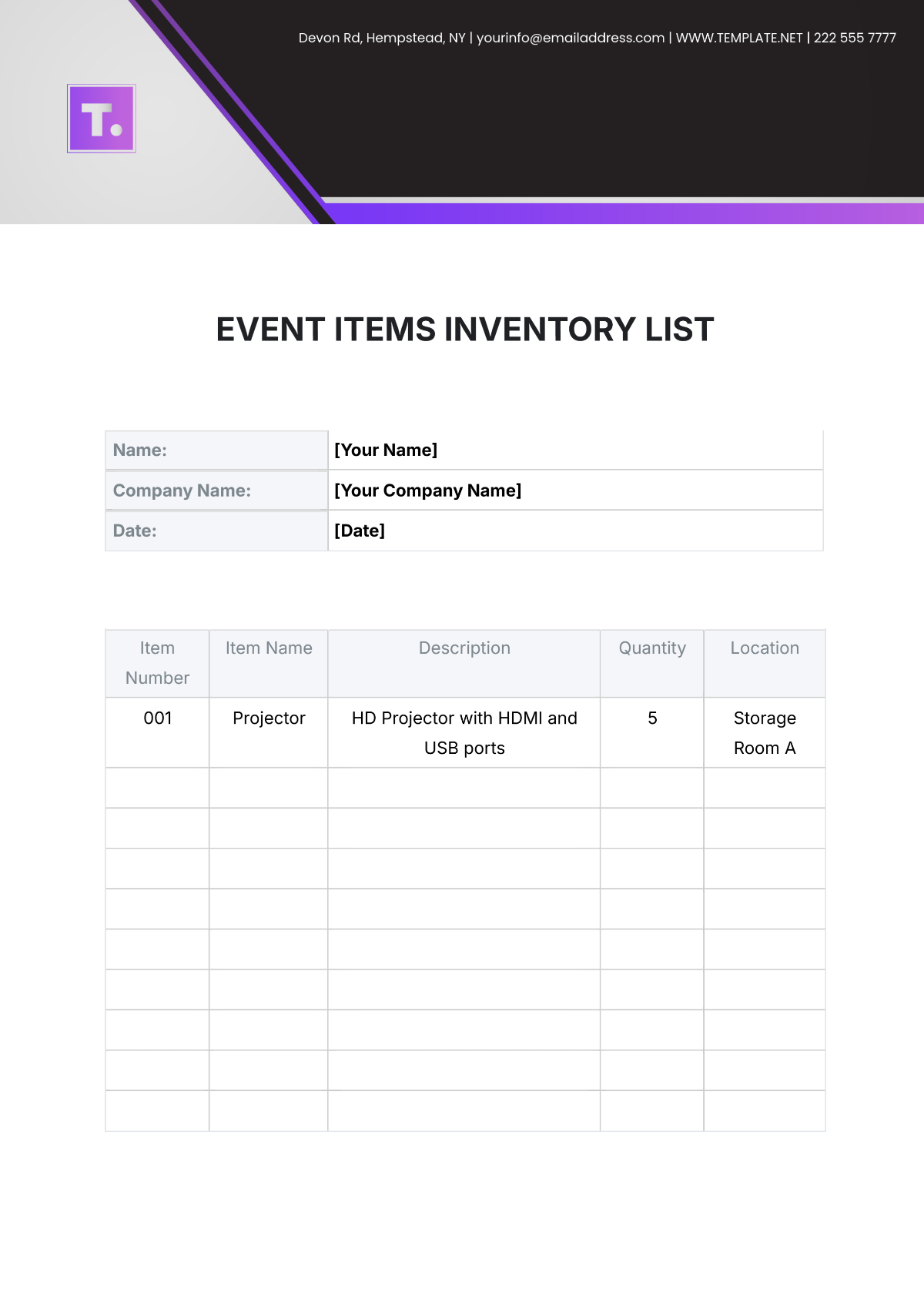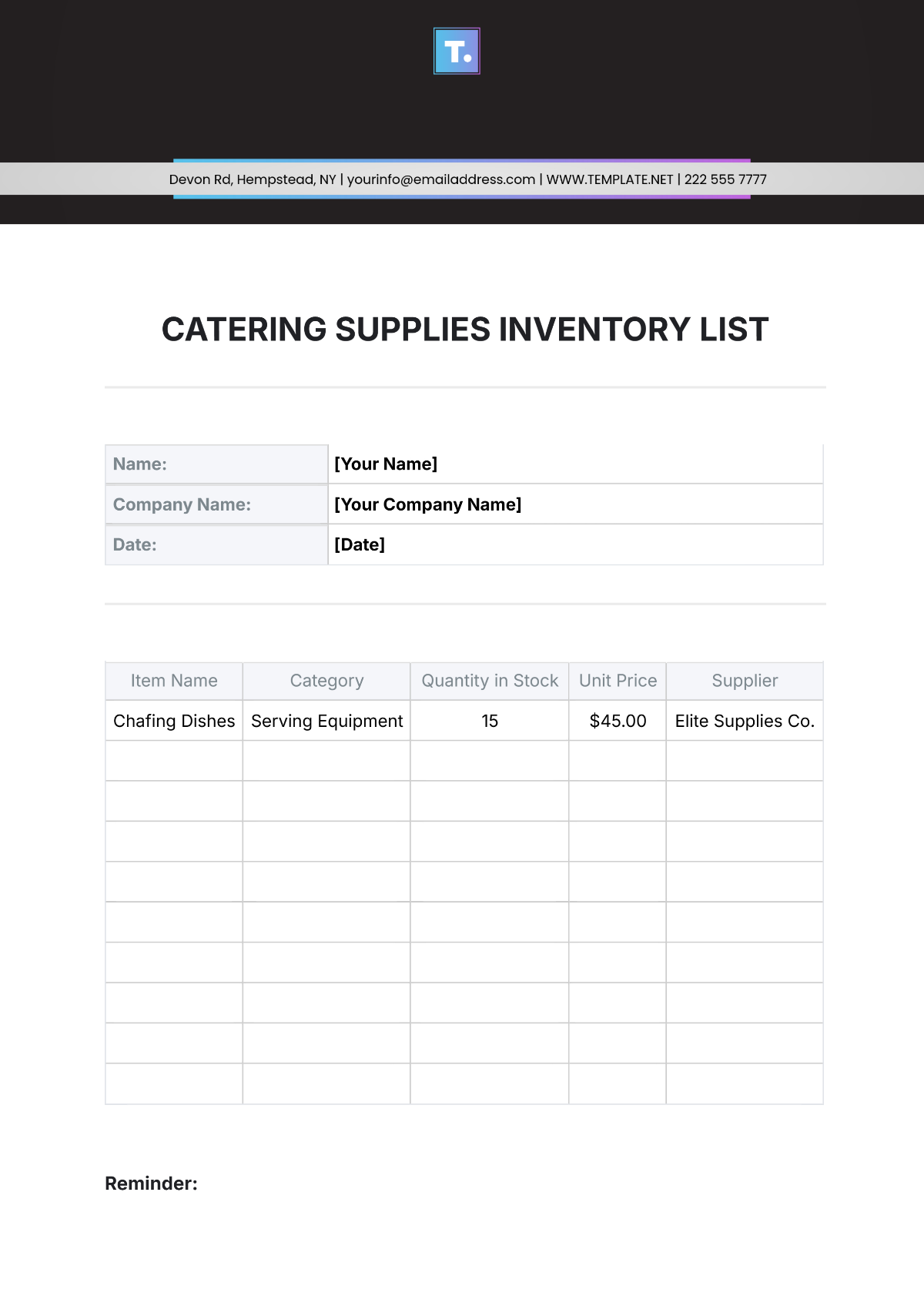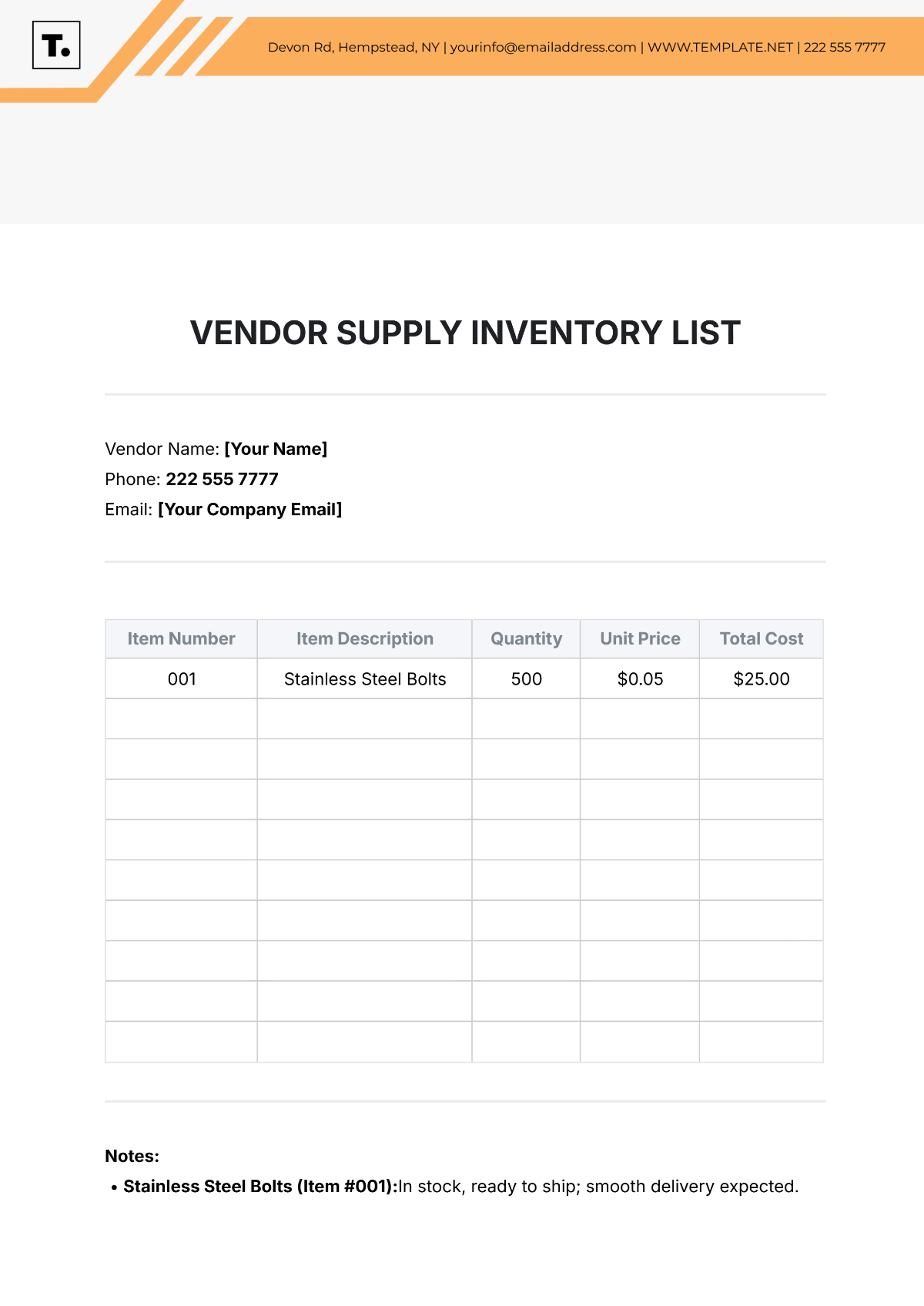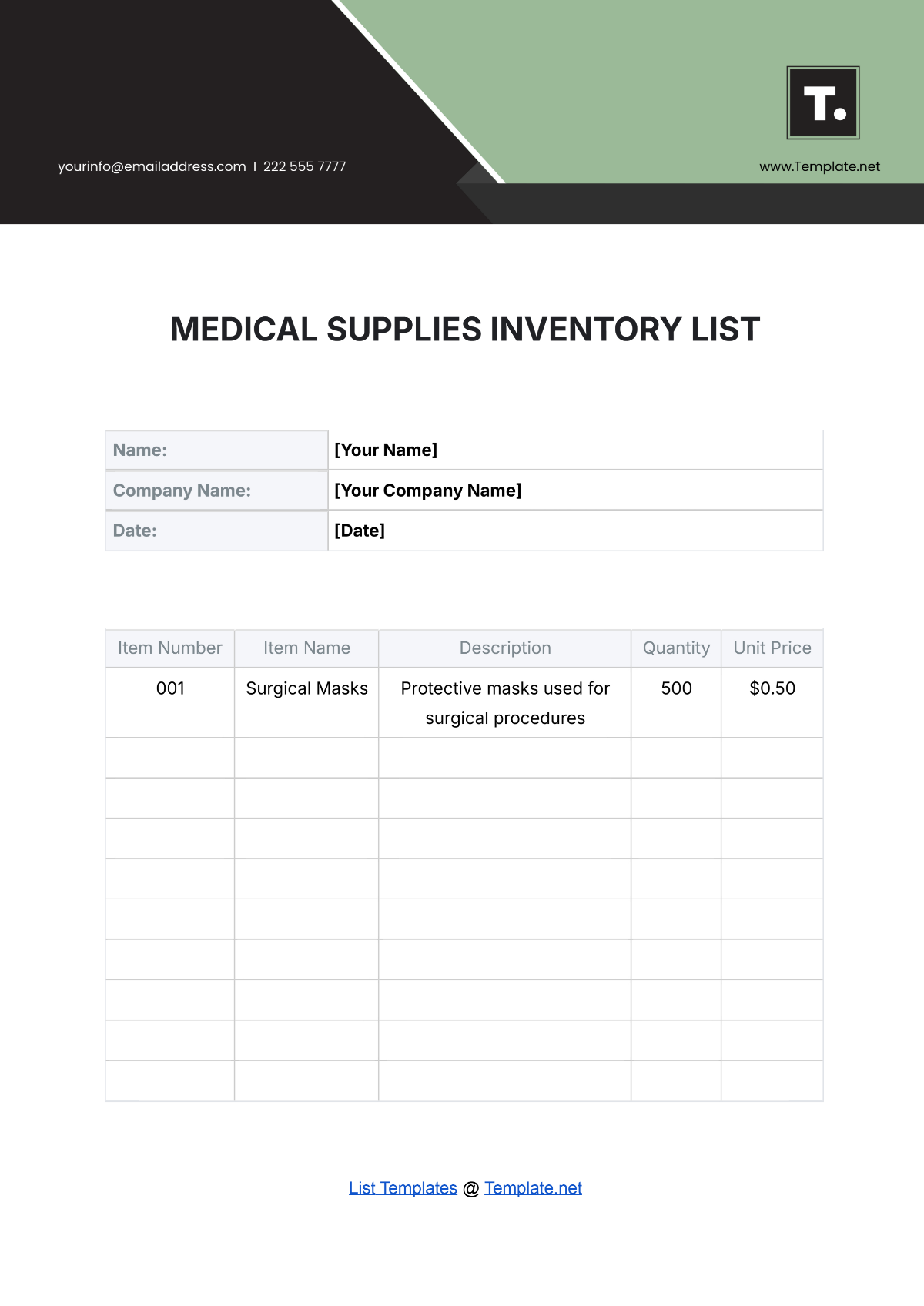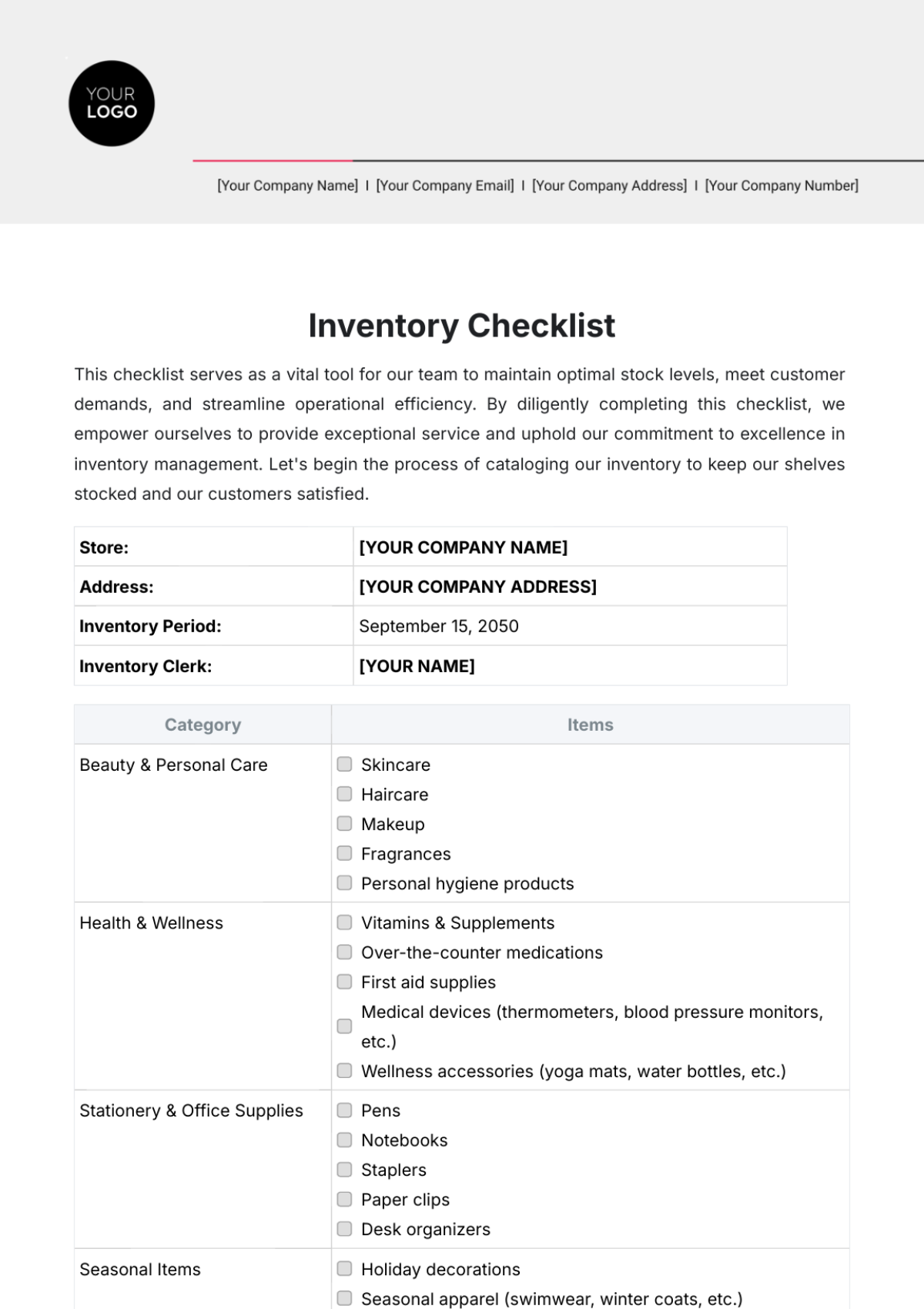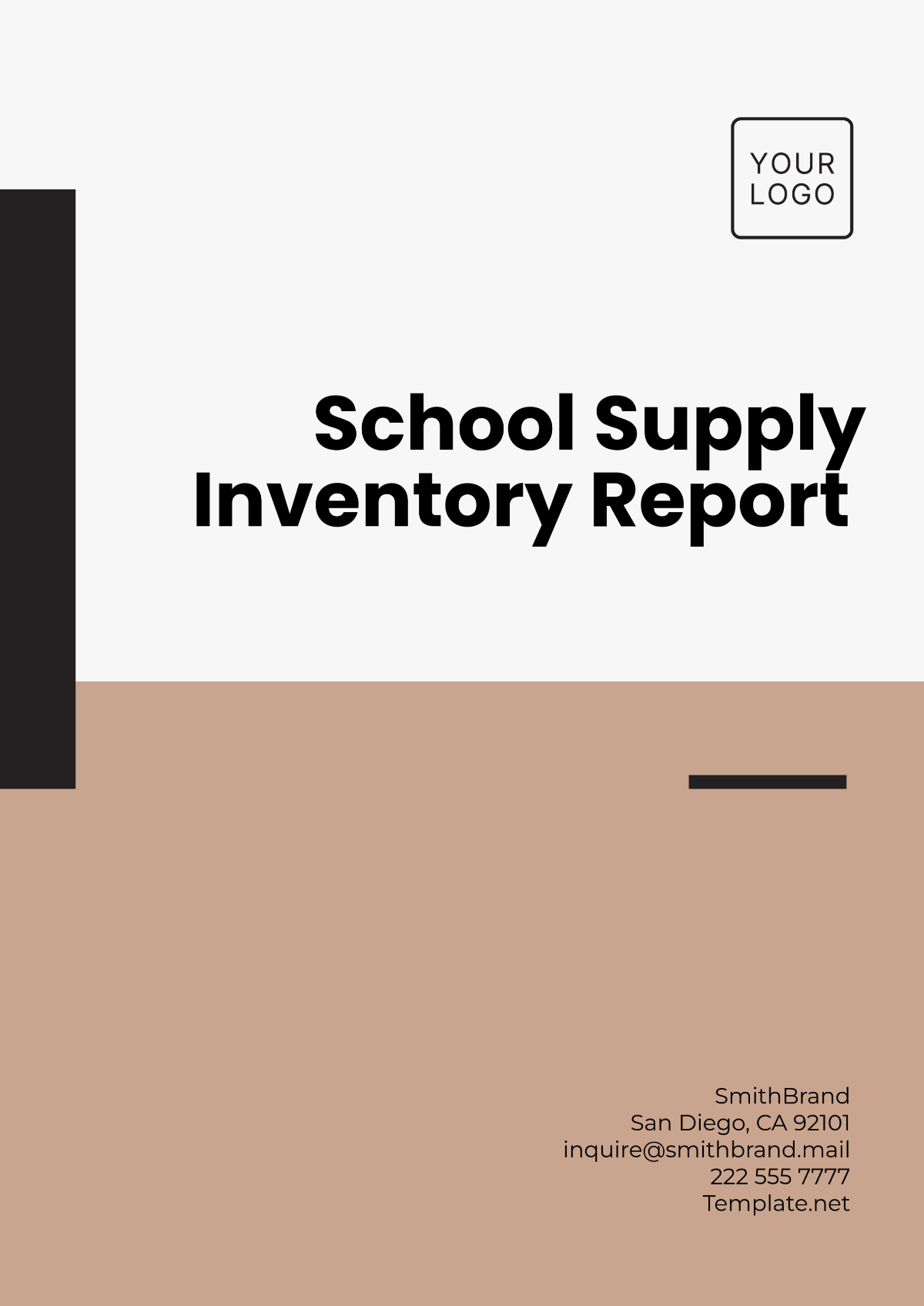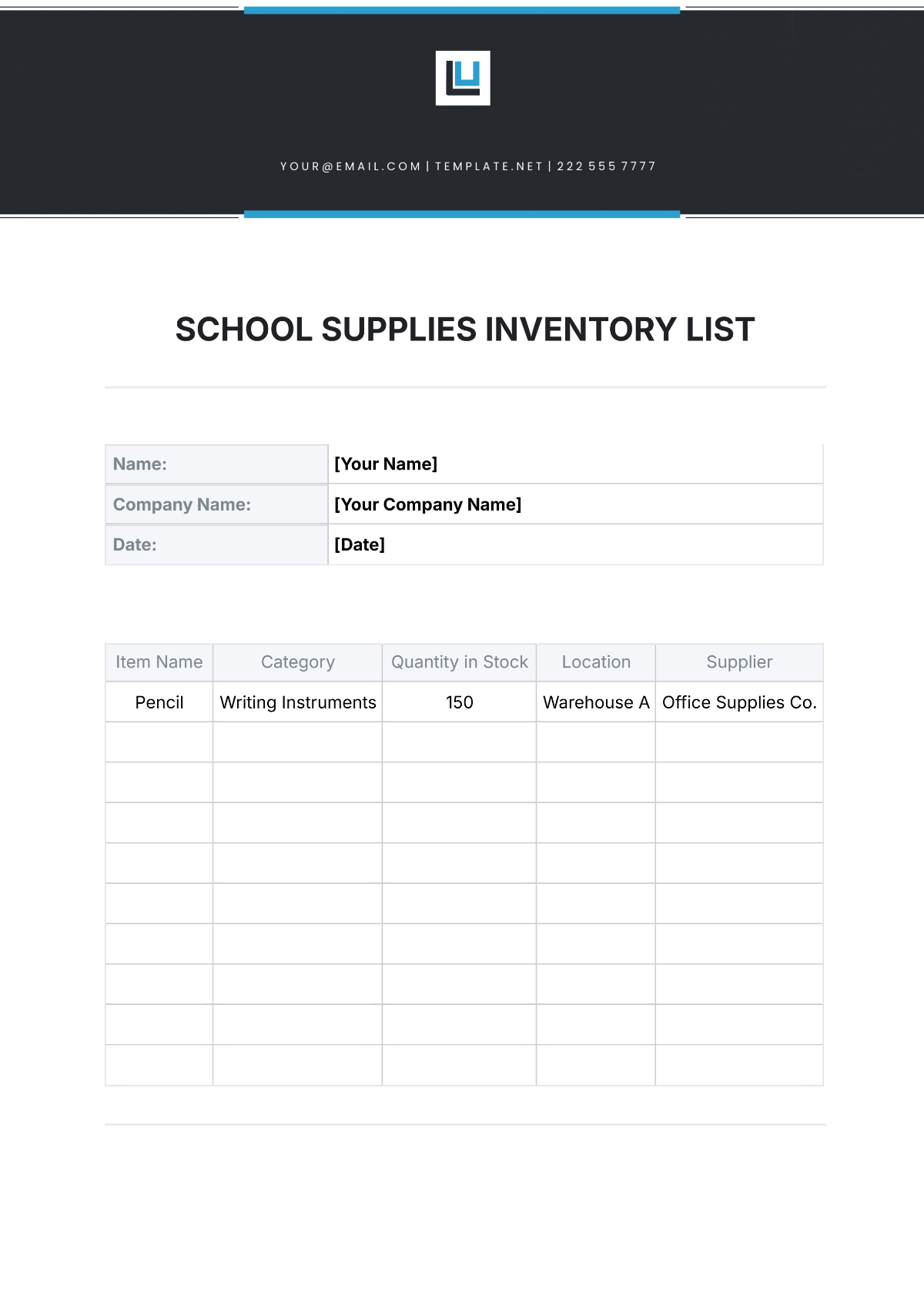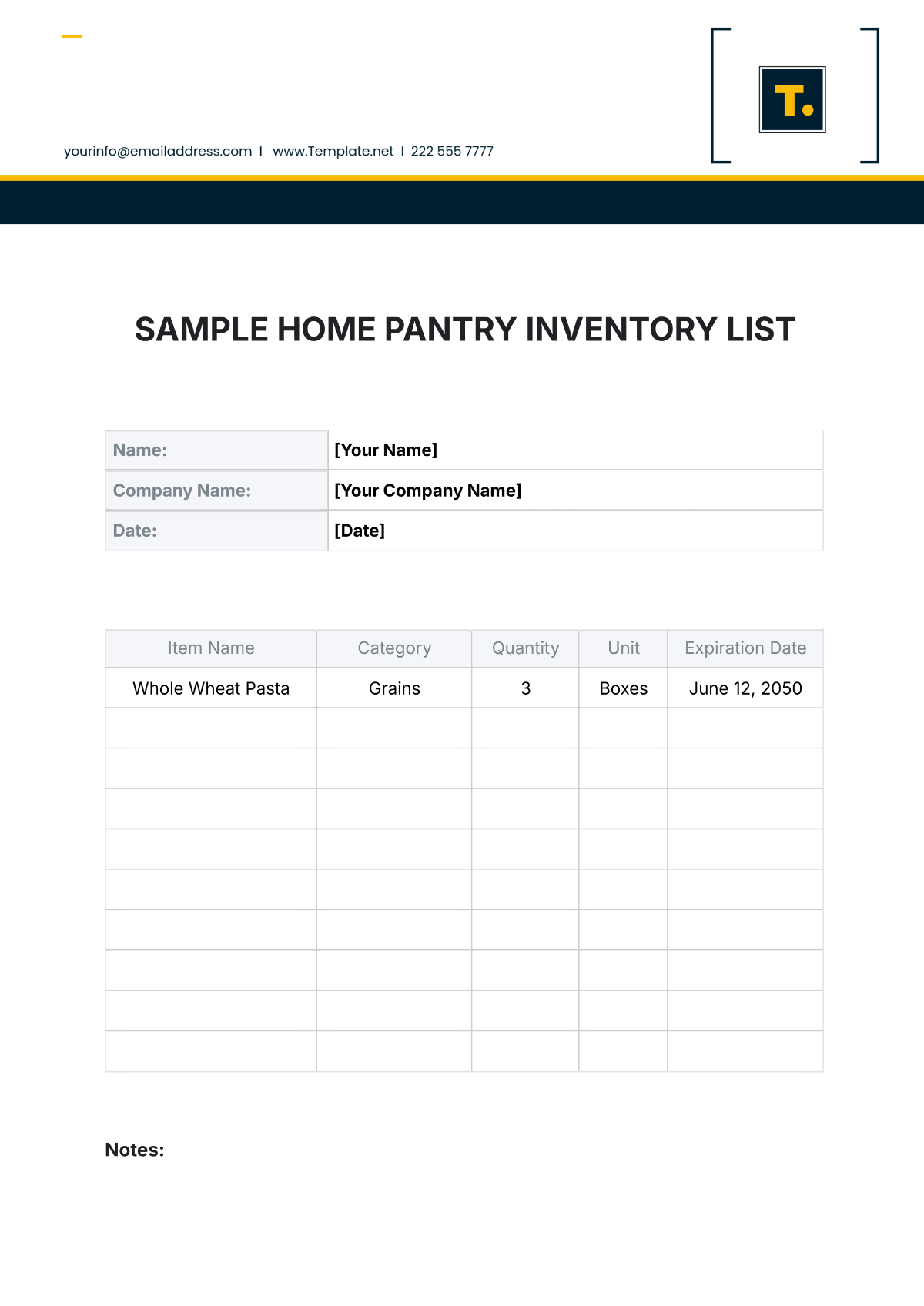PANTRY INVENTORY LIST
Prepared by: [Your Name]
Managing a well-organized pantry inventory is crucial for kitchen managers to streamline operations, minimize waste, and ensure seamless meal preparation. This Pantry Inventory List serves as a central tool for tracking and maintaining stock levels of essential food and supplies.
Item Details
Item Name | Quantity | Unit | Expiry Date | Location |
|---|---|---|---|---|
Pasta | 3 | boxes | 2055-09-15 | Shelf A |
Canned Beans | 5 | cans | 2054-12-31 | Shelf B |
Rice | 2 | pounds | - | Pantry |
Oatmeal | 1 | box | 2055-06-30 | Shelf C |
Flour | 4 | pounds | 2055-10-20 | Pantry |
Sugar | 1 | bag | - | Shelf D |
Olive Oil | 2 | bottles | 2055-11-30 | Pantry |
Canned Tomatoes | 3 | cans | 2054-12-31 | Shelf B |
Spices | Various | jars | - | Pantry |
Chicken Broth | 6 | cartons | 2055-02-15 | Shelf E |
Peanut Butter | 2 | jars | 2055-05-10 | Shelf F |
Pasta Sauce | 4 | jars | 2055-03-25 | Shelf G |
Baking Powder | 1 | container | 2055-12-05 | Shelf H |
Tea Bags | 3 | boxes | 2056-01-15 | Shelf I |
Coffee | 2 | bags | 2055-08-20 | Shelf J |
Notes
A. Storage Guidelines
Dry Goods: Store in sealed containers to prevent moisture and pest infestation.
Perishables: Keep refrigerated if needed; check expiration dates regularly.
Spices: Store in a cool, dark place to maintain flavor potency.
B. Dietary Considerations
Gluten-free: Maintain a designated area for gluten-free products to prevent cross-contamination.
Vegan Options: Identify and label plant-based alternatives for dairy and meat products.
C. Ordering and Usage
Regularly update inventory after each shift or meal preparation session.
Collaborate with chefs and kitchen staff to plan menus based on available ingredients and upcoming events.
Use historical data from the inventory to forecast future needs and optimize ordering quantities.
D. Additional Notes
Allergen Management: Clearly label items containing common allergens (e.g., nuts, dairy) to ensure safety for all diners.
Emergency Supplies: Maintain a small stock of essential items for emergencies or unexpected events.
Seasonal Items: Keep track of seasonal ingredients and adjust inventory levels accordingly to make the best use of fresh produce.
Cleaning Supplies: Ensure a separate inventory for cleaning supplies to maintain hygiene standards in the kitchen.
Training: Regularly train kitchen staff on proper inventory management practices to maintain consistency and accuracy.
This comprehensive template empowers kitchen managers to maintain optimal pantry inventory levels, adhere to dietary requirements, and streamline kitchen operations effectively. Customize the template further based on specific kitchen protocols and preferences to enhance efficiency and organization.
